Wild babies of any kind can melt the coldest heart. They fit snugly in your hands, their tiny noses twitch with curiosity, and they seem to beg for affection with every small movement. But when it comes to caring for wild rabbits, feelings can quickly cloud judgment. The truth is, our first reaction to "help" may not always be the right one. Acting without knowing the facts can harm the very creatures we want to protect.
Click Here For a Guide to Feeding Your Baby Rabbits.

That's why it's important to learn what's really involved when you come across wild baby bunnies. Many people confuse their needs with those of domestic rabbits, but the differences are significant. If you've stumbled upon a nest, or your pet has brought a wild baby rabbit inside, the choices you make next matter more than you might think.
Wild Baby Bunnies are Wild!
Even if they look like miniature versions of a domestic rabbit, wild baby bunnies are part of a completely different life cycle. Nature has shaped them to live outdoors, blend into their environment, and survive in ways pet rabbits never will. Their instincts, stress responses, and nutritional requirements are all tuned to life in the wild.

Domestic rabbits have been bred for generations to coexist with people. They can adapt to human care in ways wild rabbits cannot. Wild babies are not meant to be tamed; they are designed to stay hidden, avoid predators, and grow under the protection of their mother until they are old enough to fend for themselves.
Caring for Wild Rabbits: When to Step In and When to Stay Back
One of the biggest misconceptions about caring for wild rabbits is assuming that if you see babies alone, they must have been abandoned. In most cases, this isn't true. Wild rabbit mothers are highly protective in their own way, which means staying away from the nest for long periods. This keeps predators from noticing their young.
Typically, a wild mother rabbit visits her nest only two to three times a day, usually during the night and early morning. She feeds quickly, then leaves again. If you find a nest, the best action is to observe rather than intervene. Ask yourself a few questions: Are the babies warm? Do their bellies look rounded, or can you see a faint white "milk line" on their bellies?
To determine if the mother is returning, you can use a simple observation method. Take a thin piece of yarn or string and place it in a loose circle around the nest. Check again the next morning and look for these signs:
Do the babies appear weaker or less active than before?
Are they cold to the touch?
Do they look well-fed and plump in the morning?
Has the string been moved, suggesting the mother returned?
If the string is disturbed and the babies look well-fed, they are being cared for — and you should leave them alone. Watching from a distance as they grow will give you a far better outcome than taking them away. This is one of the most important lessons in caring for wild rabbits: sometimes doing nothing is the best help.
When a Pet Brings Them In
If your cat has brought one into the house or your dog has dug up a nest, the situation becomes more complicated. If the baby is injured, immediate veterinary help is needed. If it's unharmed, the goal is to get it back to the nest or a safe location as quickly as possible.
Resist the temptation to keep it. Wild rabbits cannot thrive as pets, and keeping them typically leads to illness or death. Here's why:
They are prey animals, and stress can be fatal. A barking dog, loud voices, or even being held too long can trigger a fatal shock response.
They require a wide variety of wild plants and natural foraging conditions to develop properly. Domestic environments cannot fully mimic these needs.
They depend on their mother's milk for antibodies that protect their gut health after weaning. Without this, survival rates drop sharply.
If the baby is around 3.5 ounces (about the size of a softball) and its eyes are open, it may already be weaned. In that case, it can be released into safe cover outdoors where it has the best chance of survival.
It Appears I Am Their Only Hope
Sometimes, you may believe you are the only one who can save them. But raising a wild rabbit for release is far more complex than most people realize. Proper feeding, habitat preparation, and minimal human interaction are all critical for them to survive in the wild later. Even with the best intentions, without training, it's easy to make mistakes that harm the rabbit's chances.
If you genuinely want to help, your best option is to contact a licensed wildlife rehabilitator. They possess the knowledge, facilities, and resources to provide the exact care that wild rabbits need until they can be safely released. The Humane Society's wildlife rehabilitator directory is a great place to start, or you can call your local veterinarian for referrals.

Preventing Encounters in the First Place
One often-overlooked part of caring for wild rabbits is making your property safer for them during nesting season. This may mean supervising pets outdoors, checking your yard before mowing, and learning to recognize nesting sites. By preventing disruption, you help ensure more wild babies survive without ever needing human intervention.
Wild rabbit nests are shallow depressions in the ground, often lined with fur and grass. They can be surprisingly hard to see. Before doing yard work, especially in spring and early summer, scan the grass for disturbed areas or clumps of fur. If you spot one, keep children and pets away until the young have left the area.
When Saying Goodbye is the Best Thing
It's natural to feel protective when you find a helpless animal. But when it comes to wild rabbits, the best care often comes from letting them stay wild. Once your role is complete, it's time to let them return to their natural lives.
If you're still feeling the urge to nurture, there are many domestic rabbits in need of homes. Adopting from a rescue means you can give your love and care without harming wildlife. You can start by checking Rabbit Rescue Groups or reading this helpful guide on feeding baby rabbits from our own blog.
Learning More About Rabbit Care
Once you bring a domestic rabbit into your life, understanding their needs is essential. From proper diet to habitat setup, your preparation will directly impact their health and happiness. For a full beginner-friendly breakdown, our Rabbit Starter Kit eBook covers common rabbit terms, first aid essentials, and daily care tips.
If you want to deepen your understanding of rabbits in general, you might also like our detailed post on common rabbit health issues. It's a great next step for anyone wanting to be prepared for the unexpected.
Key Takeaways
Wild baby bunnies are rarely abandoned; mothers visit only briefly to feed.
Caring for wild rabbits requires specialized training — contact a licensed rehabilitator when in doubt.
Sometimes the best help you can give is leaving them in their nest and observing from a distance.
If you want to nurture, consider adopting a domestic rabbit from a reputable rescue.








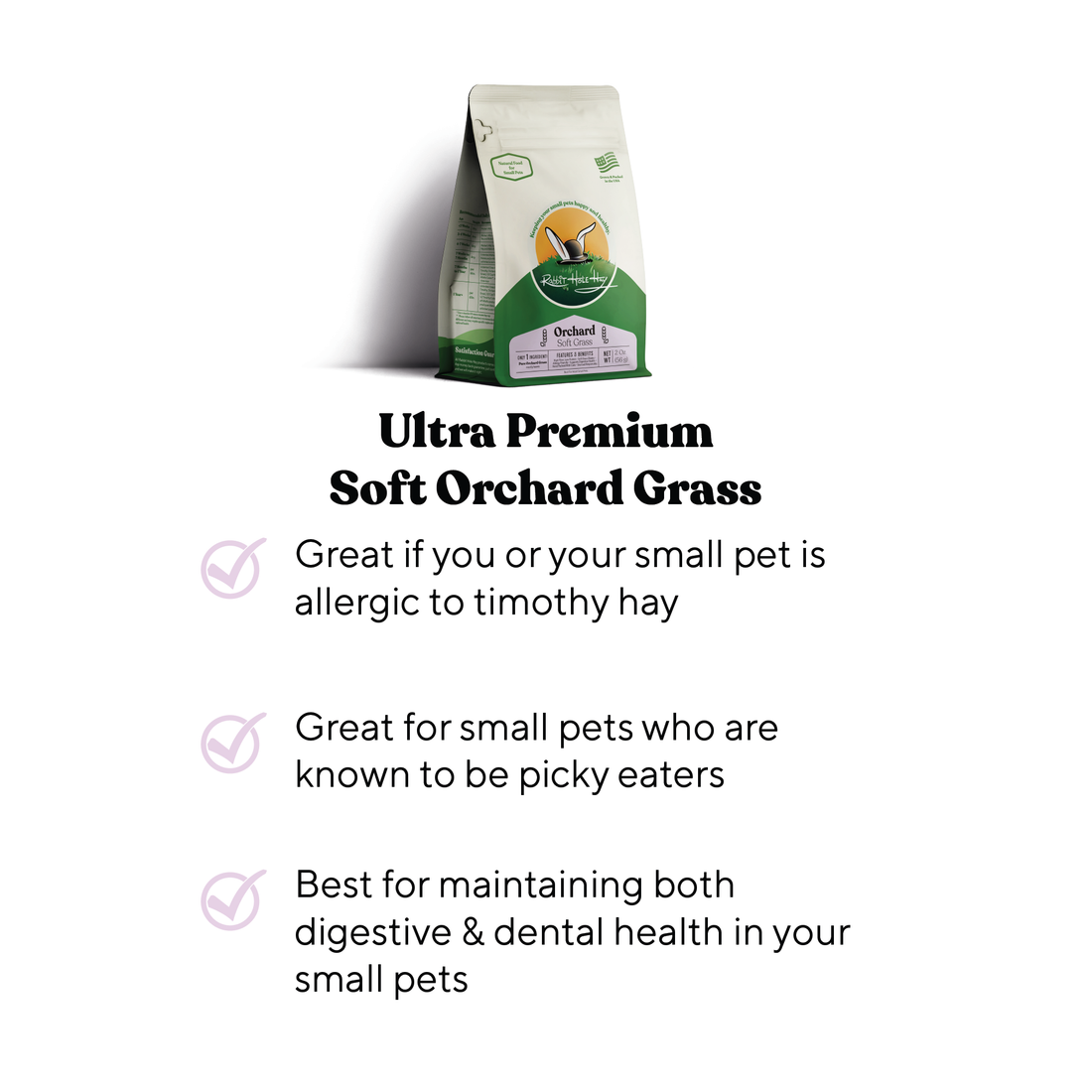
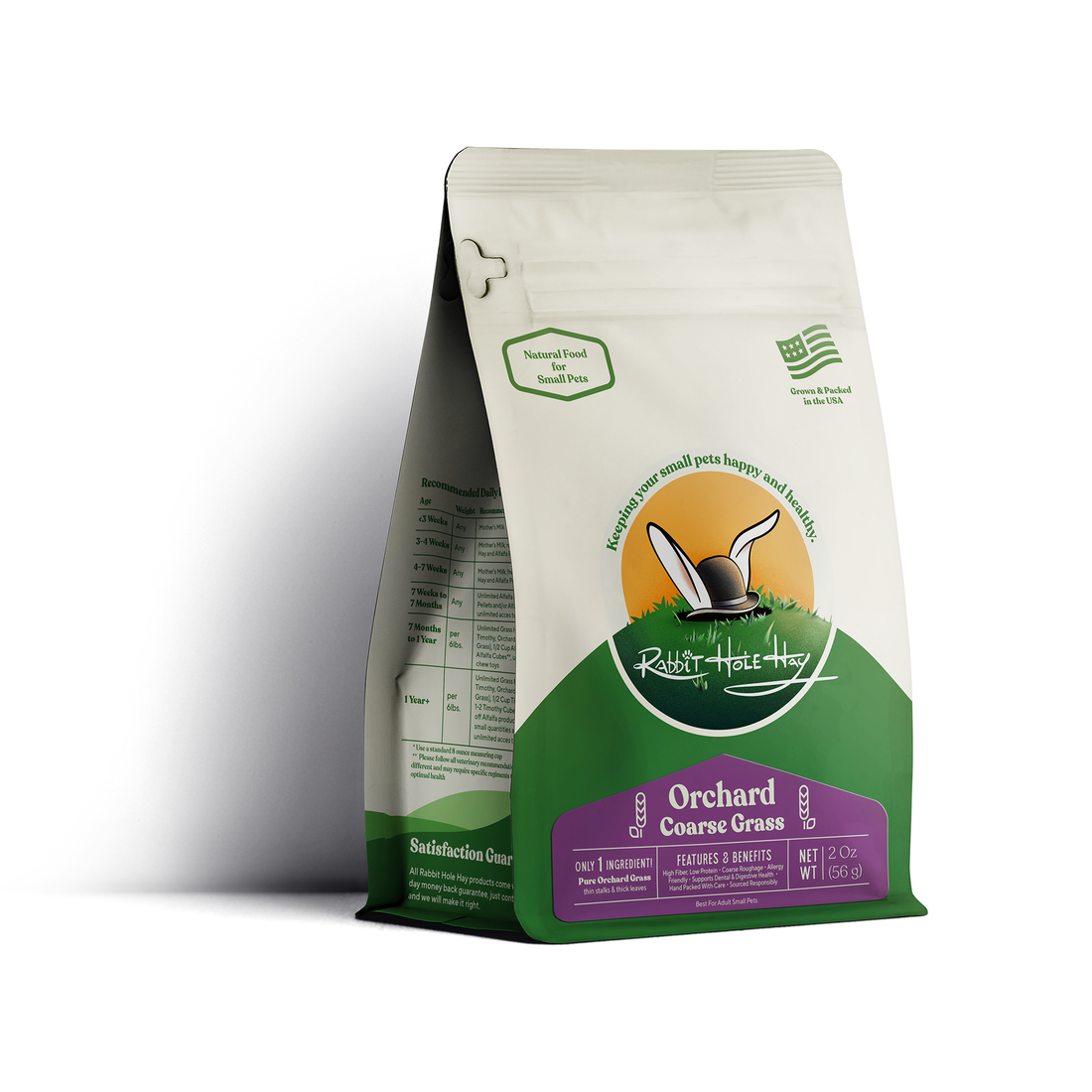
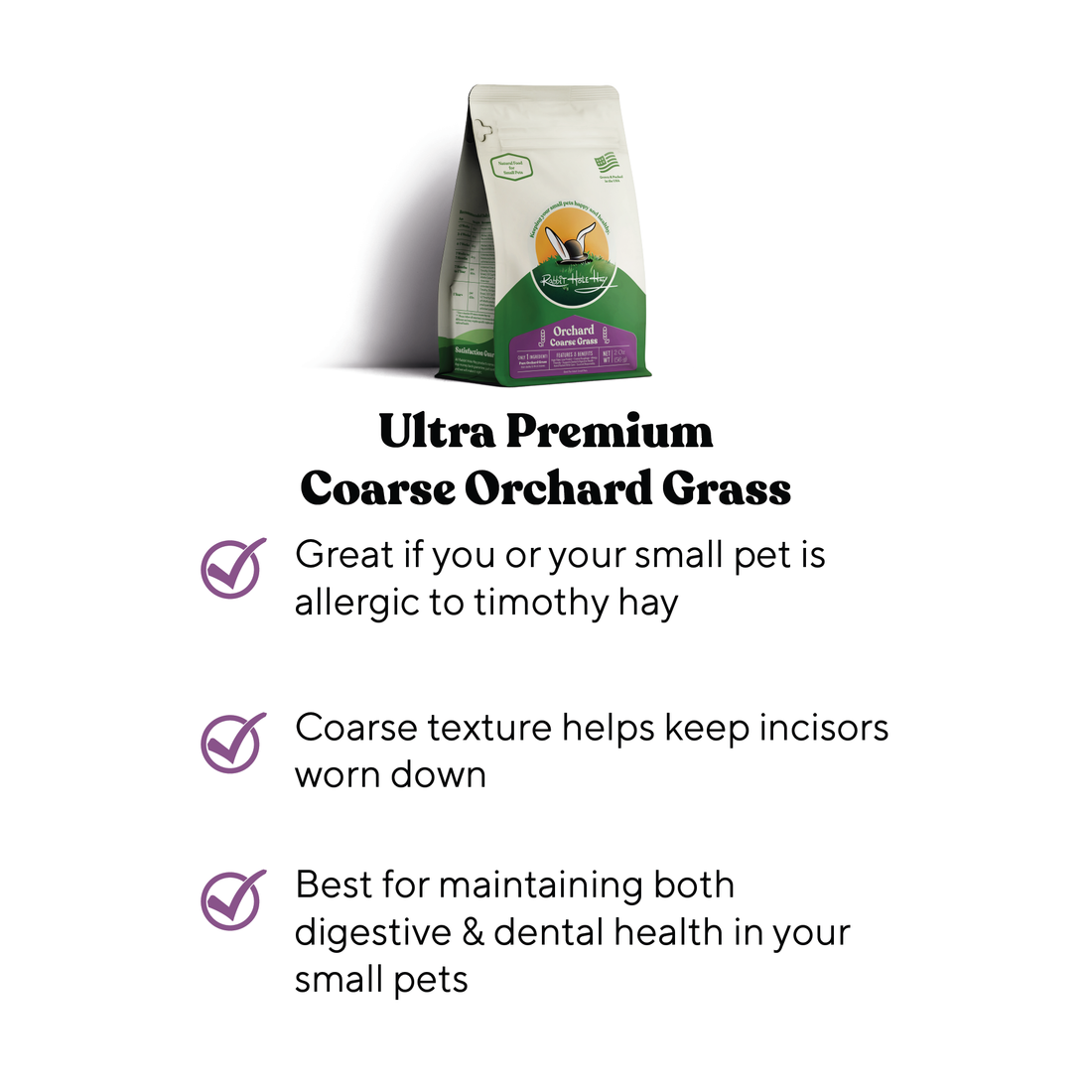




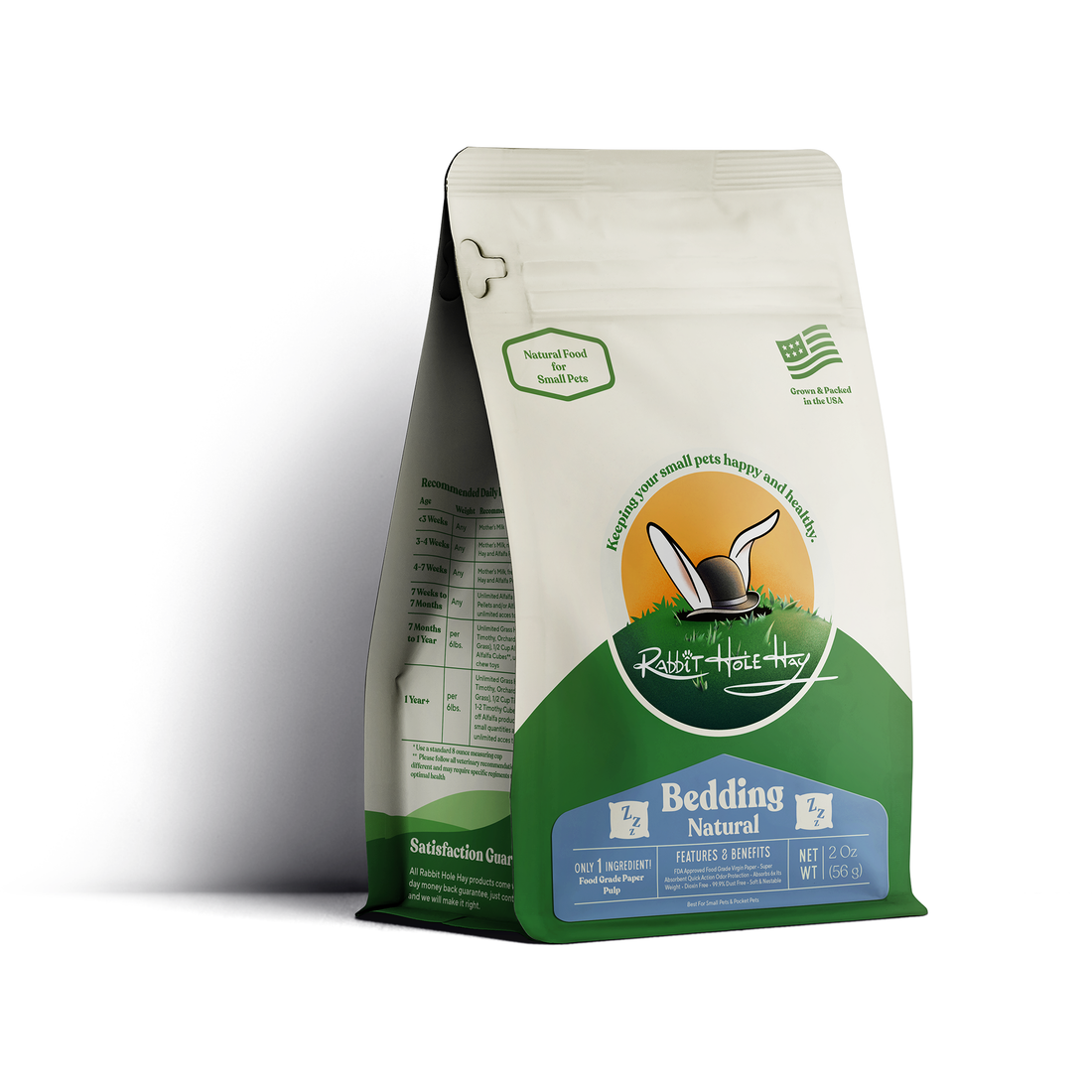

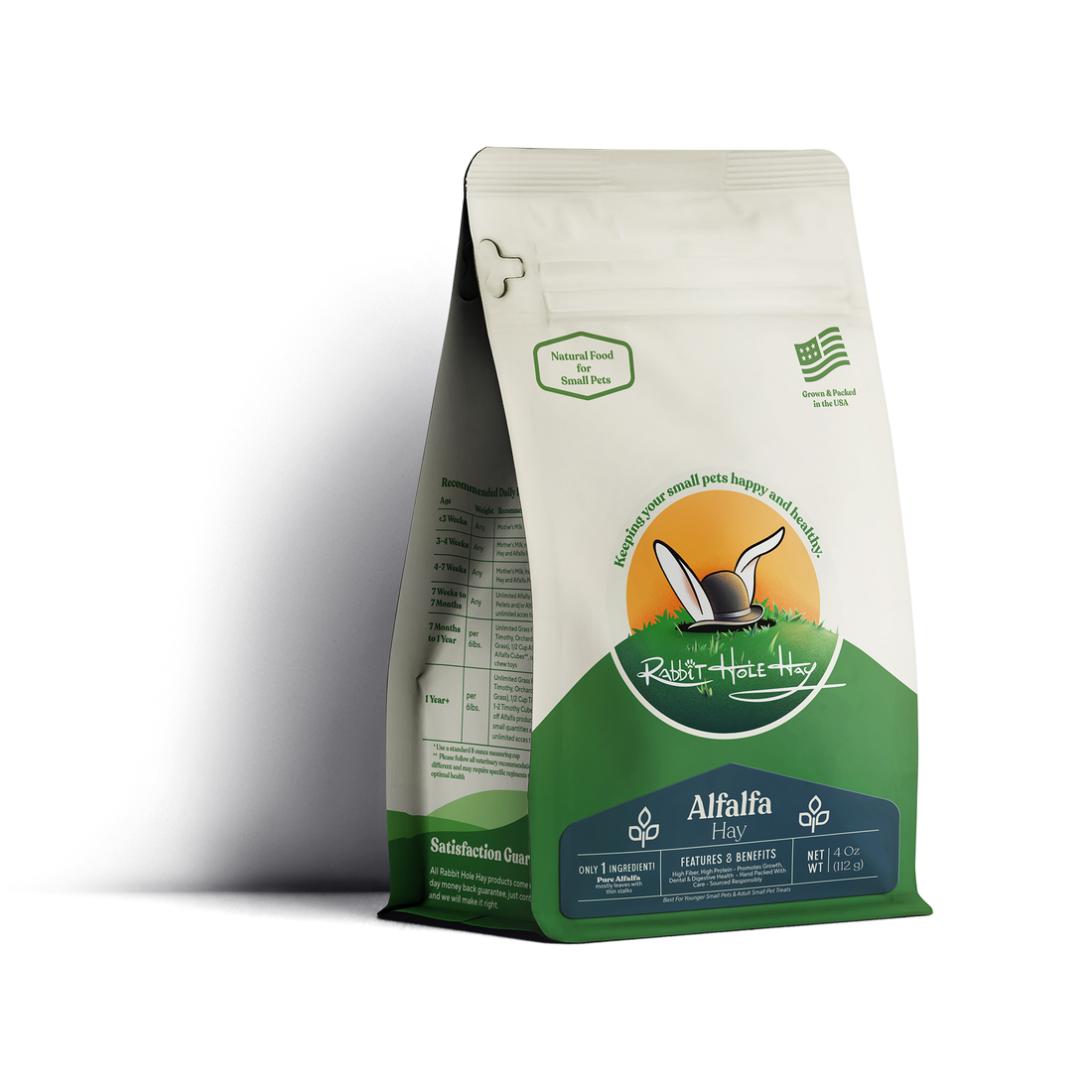
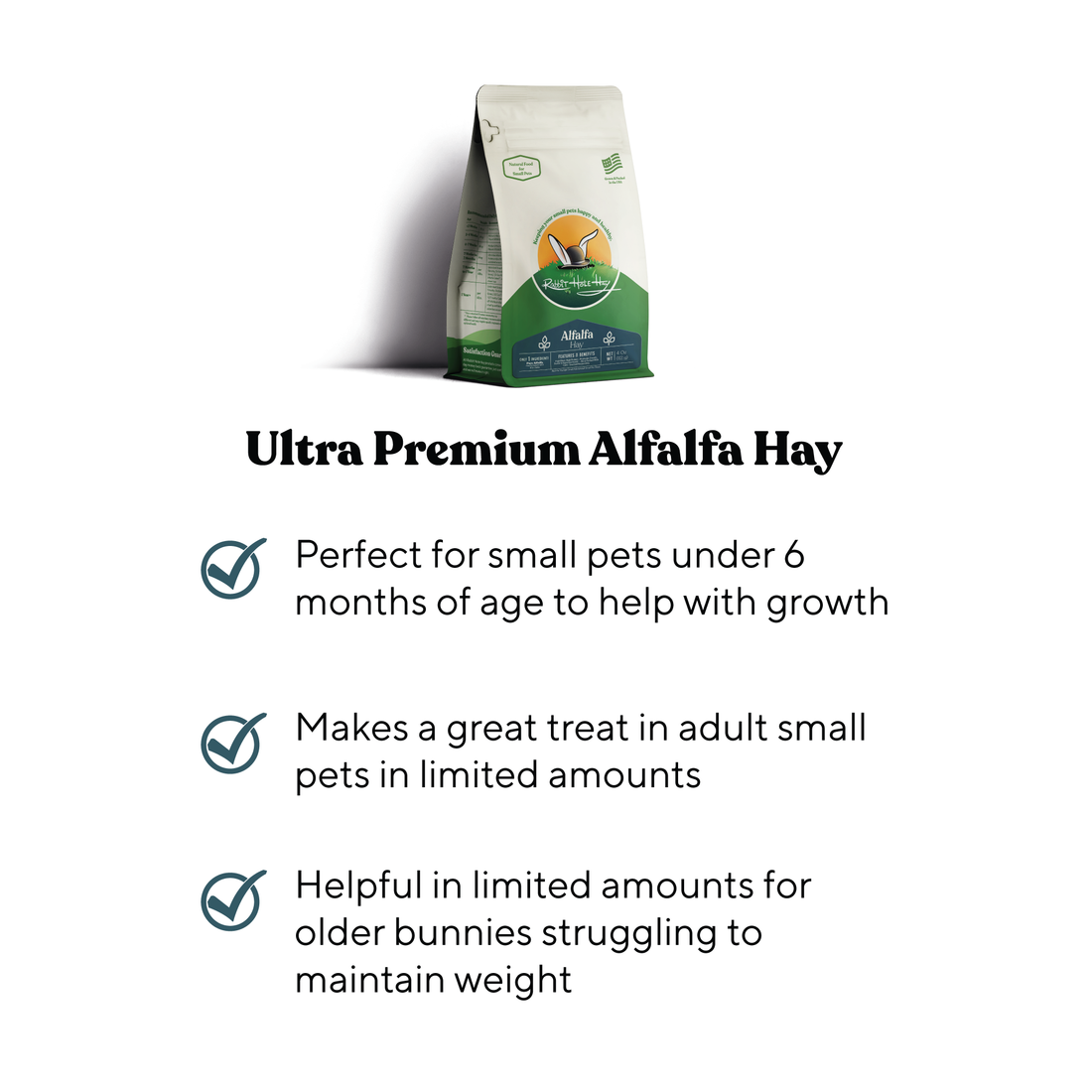



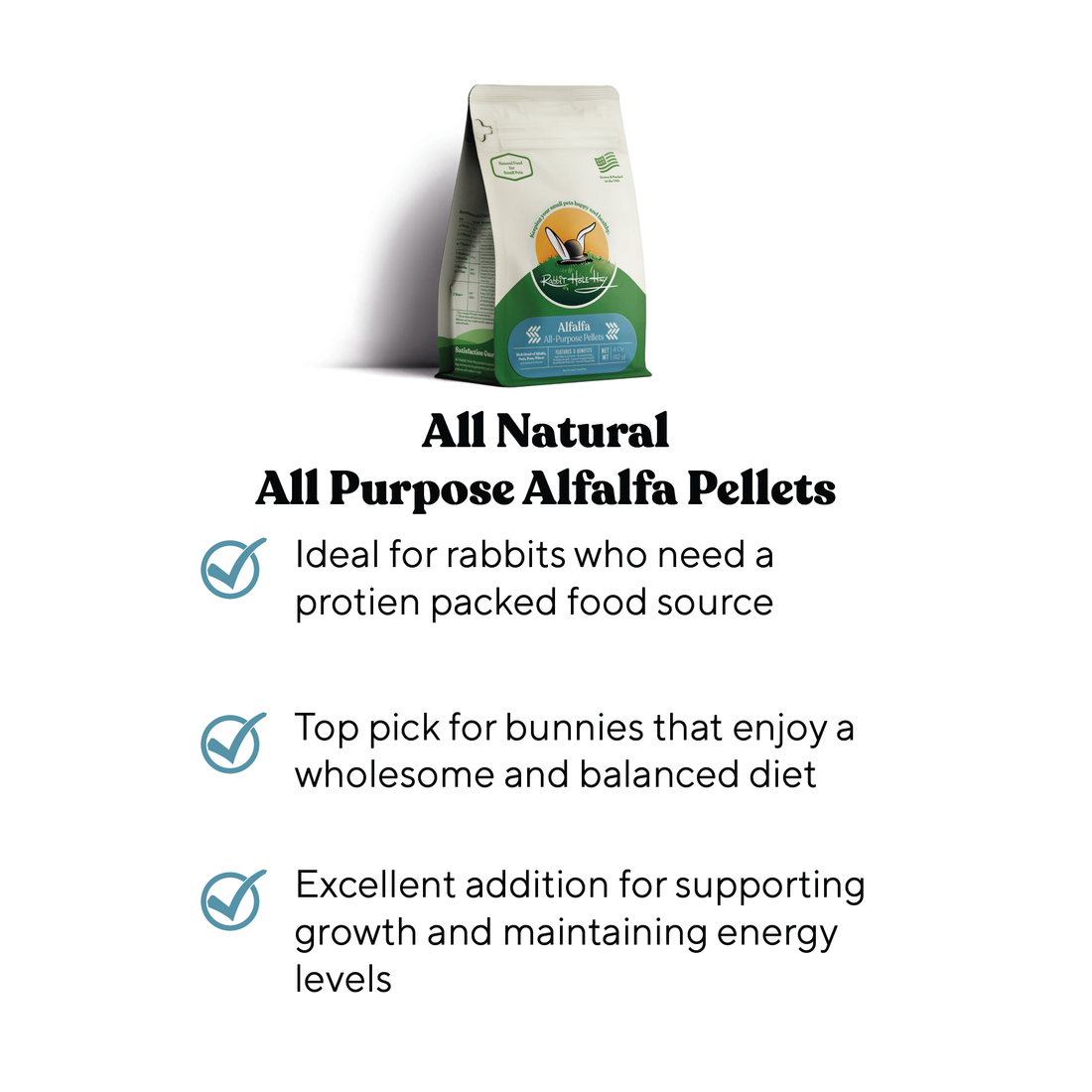



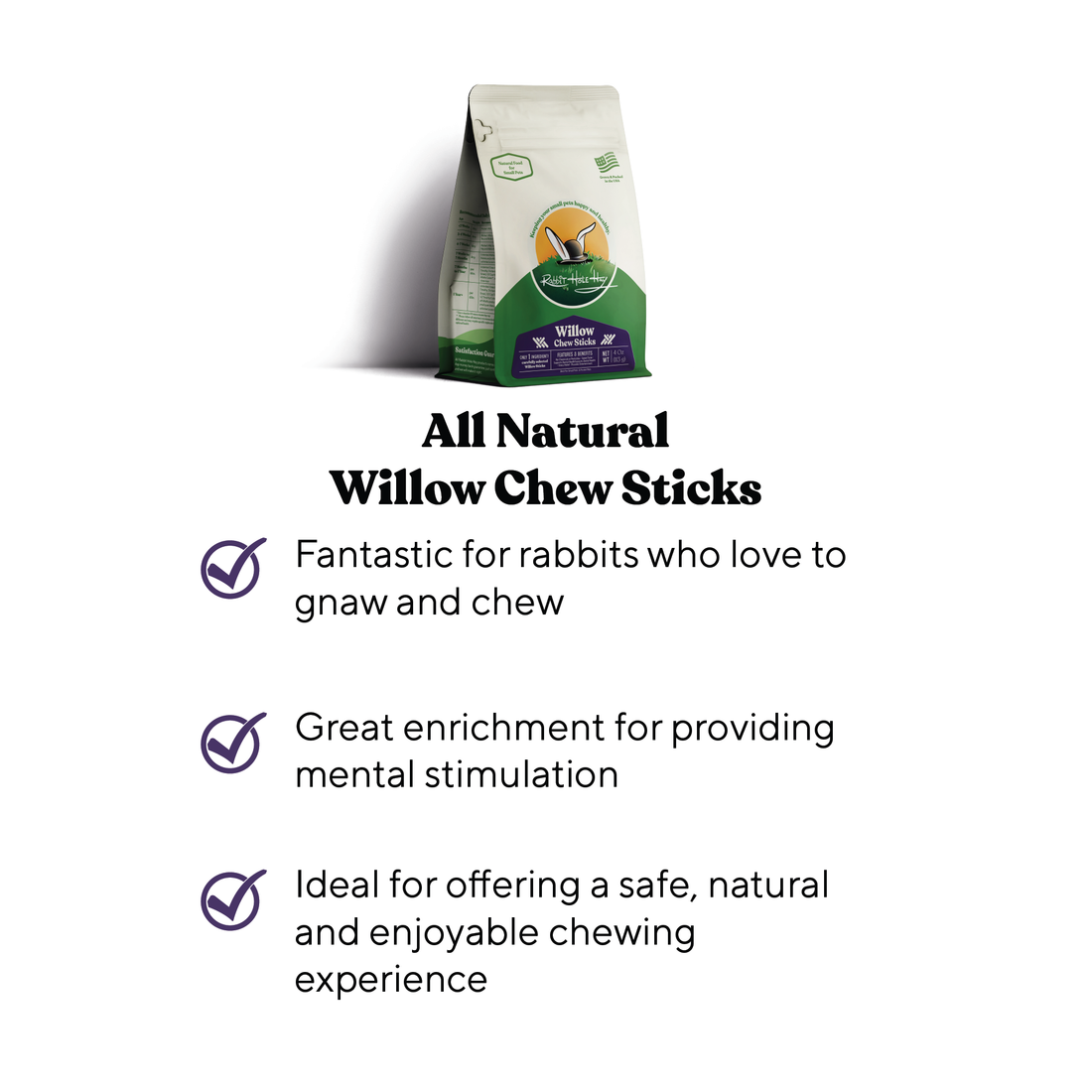


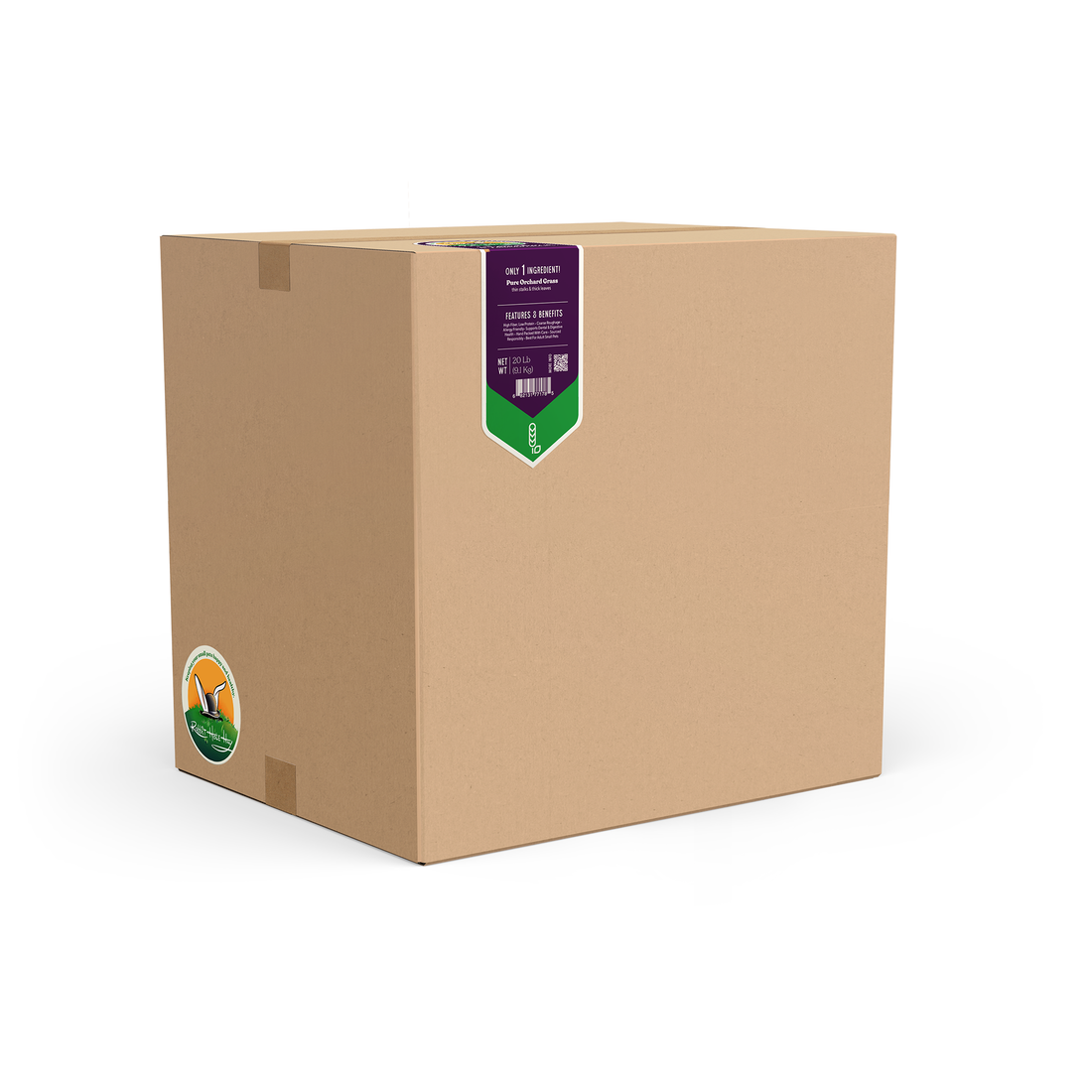

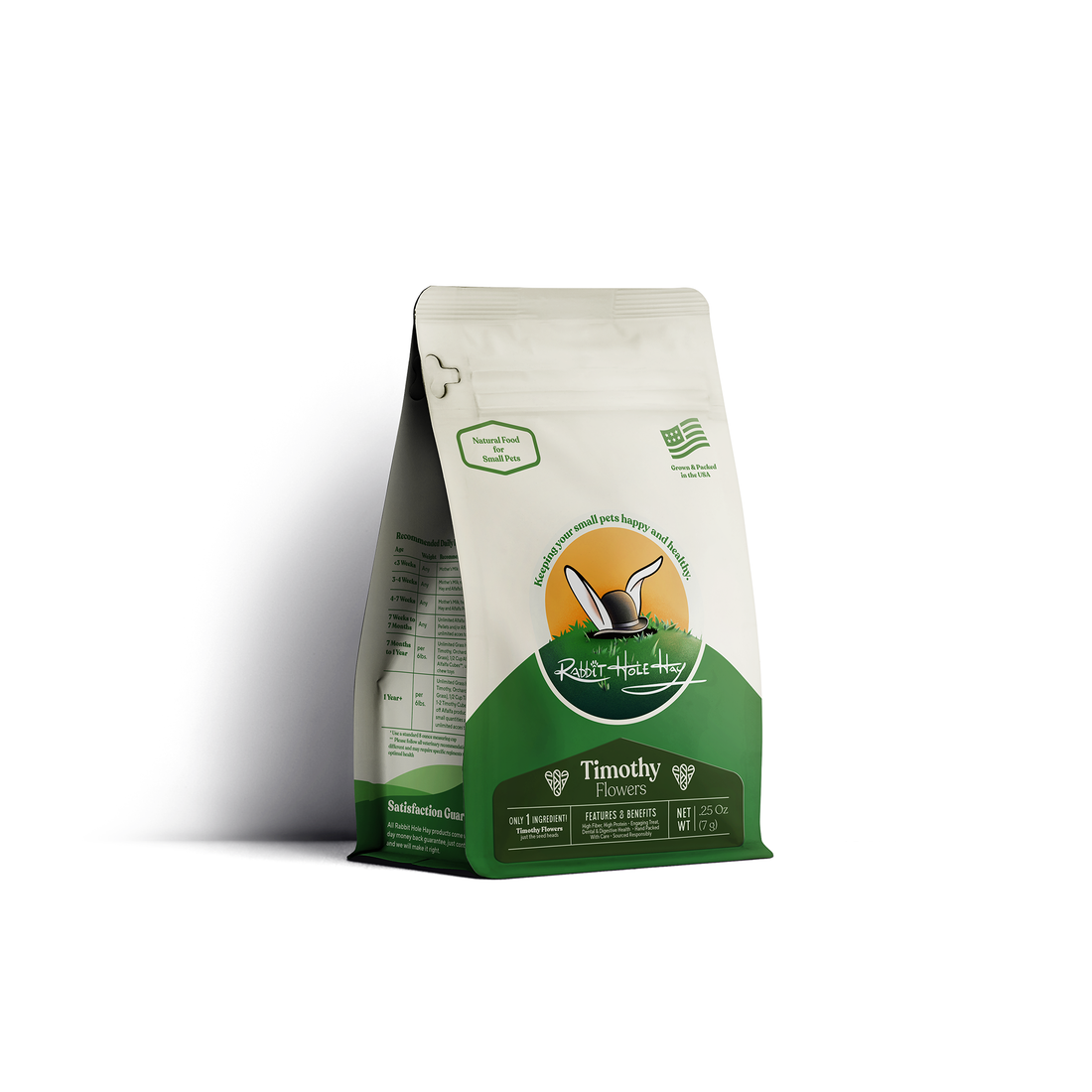

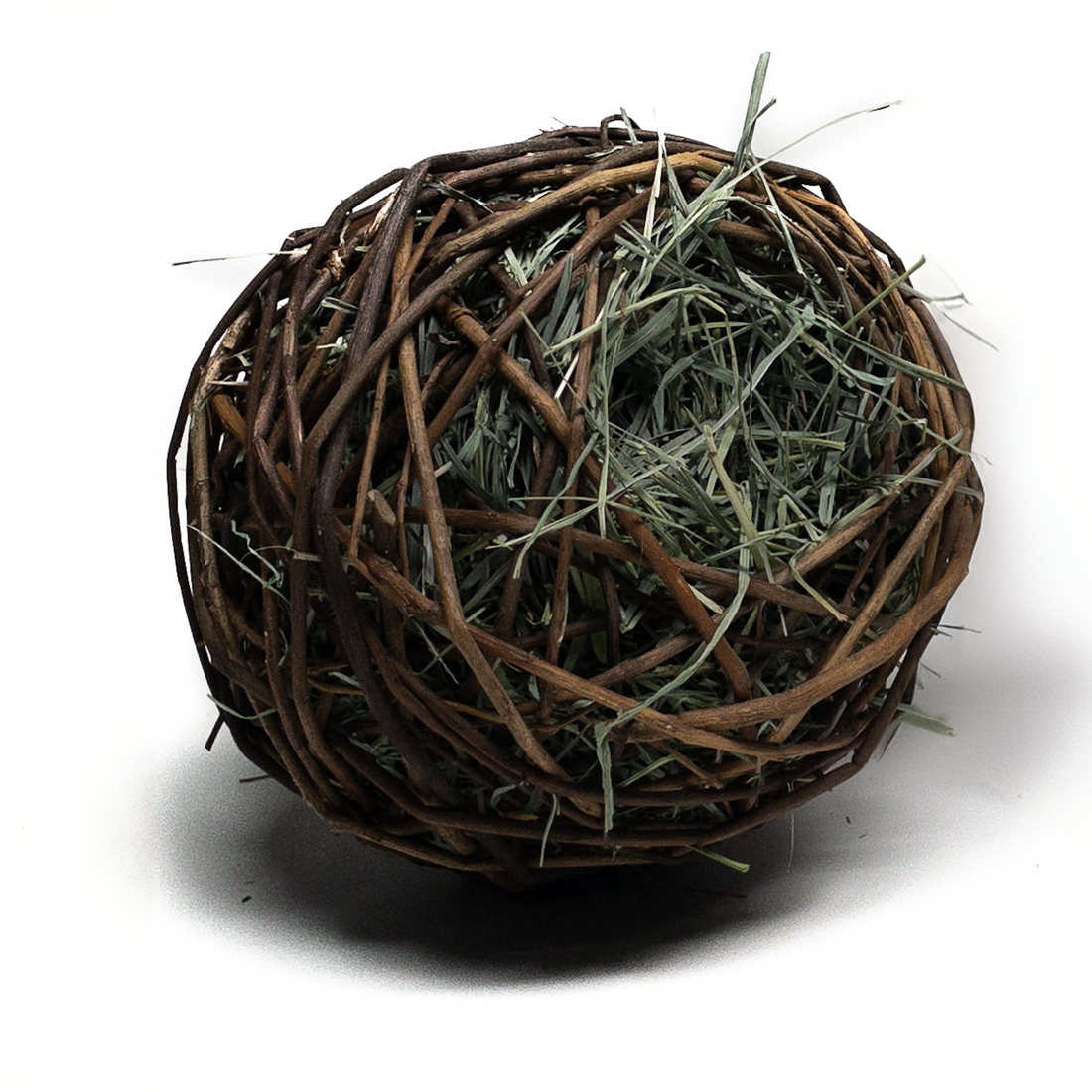
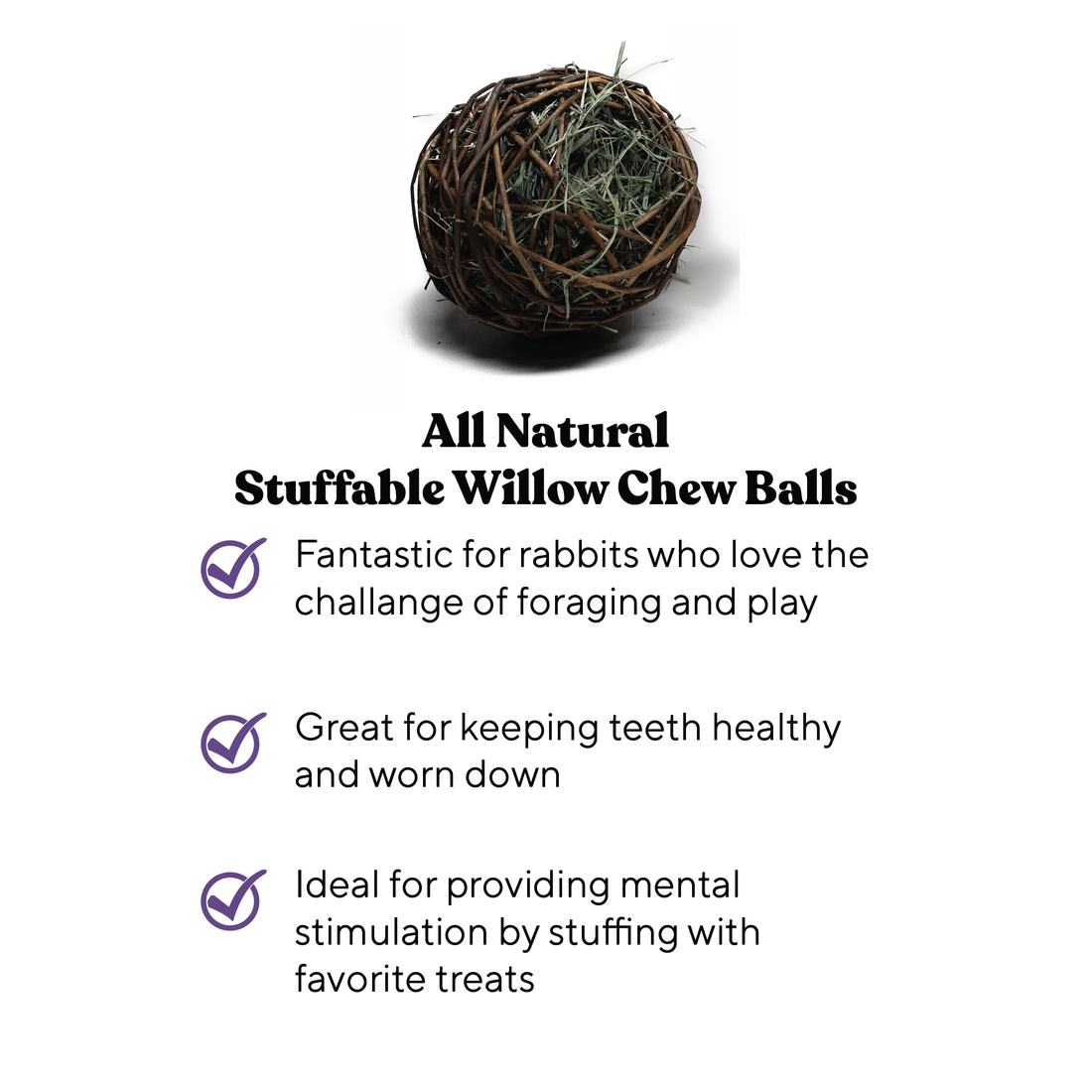

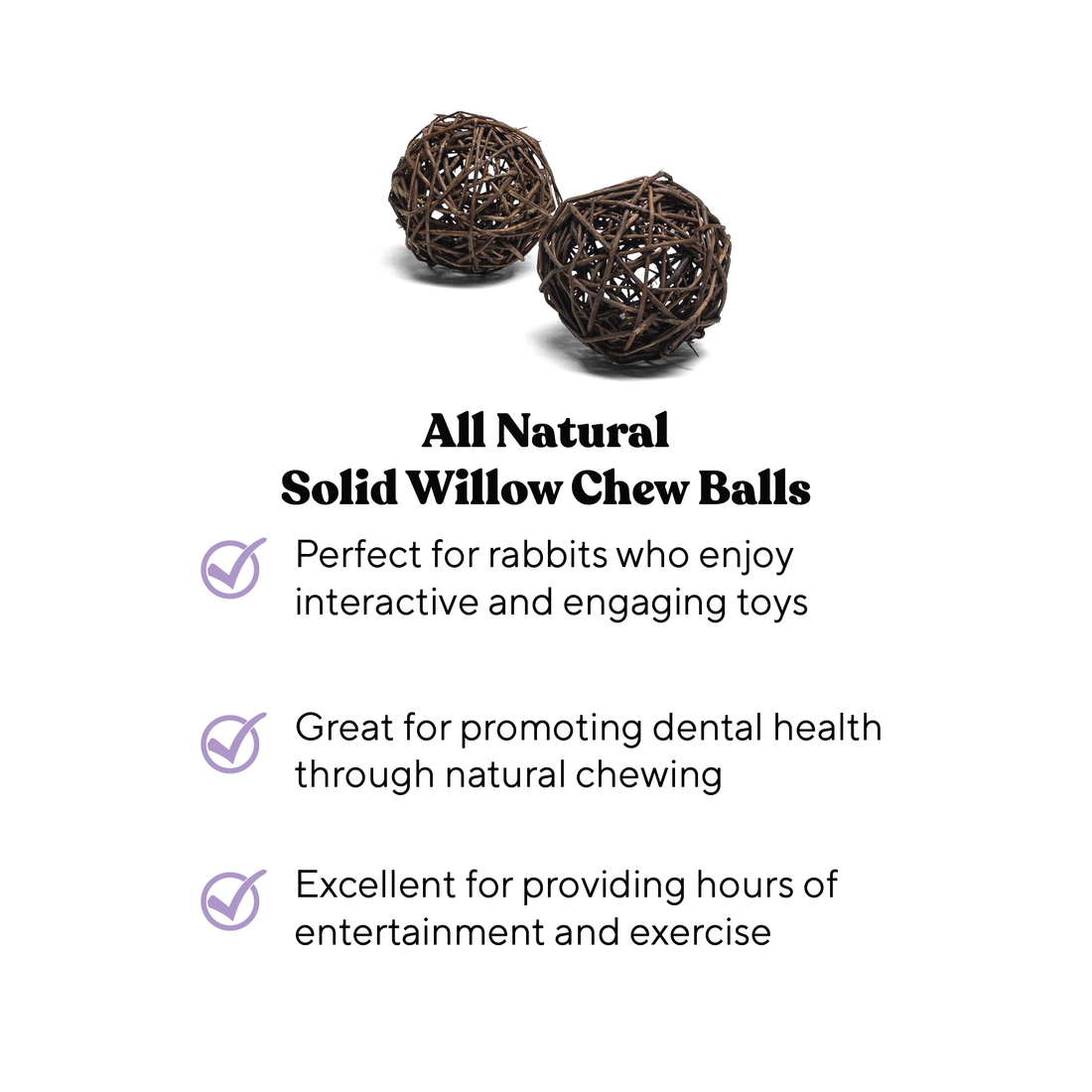
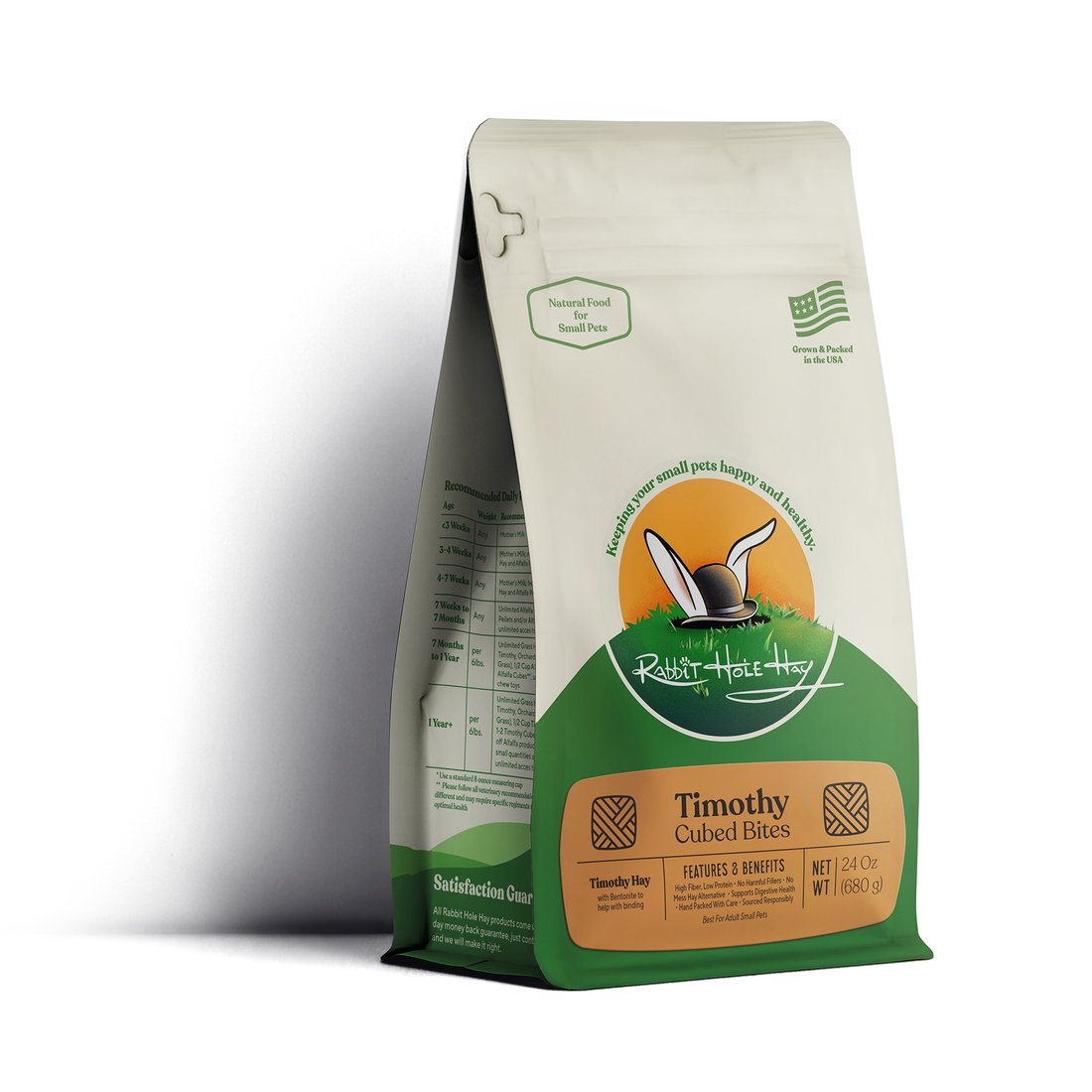

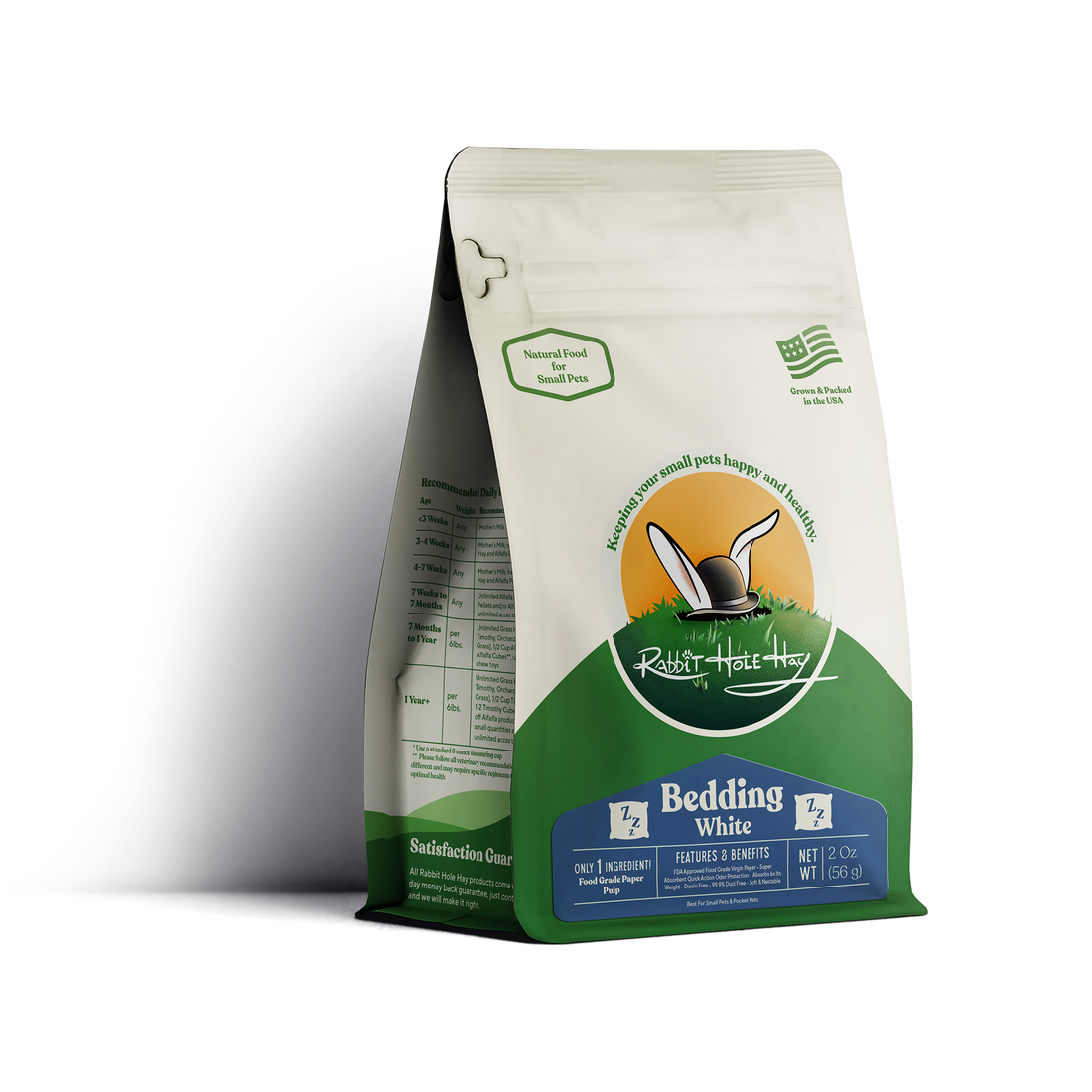
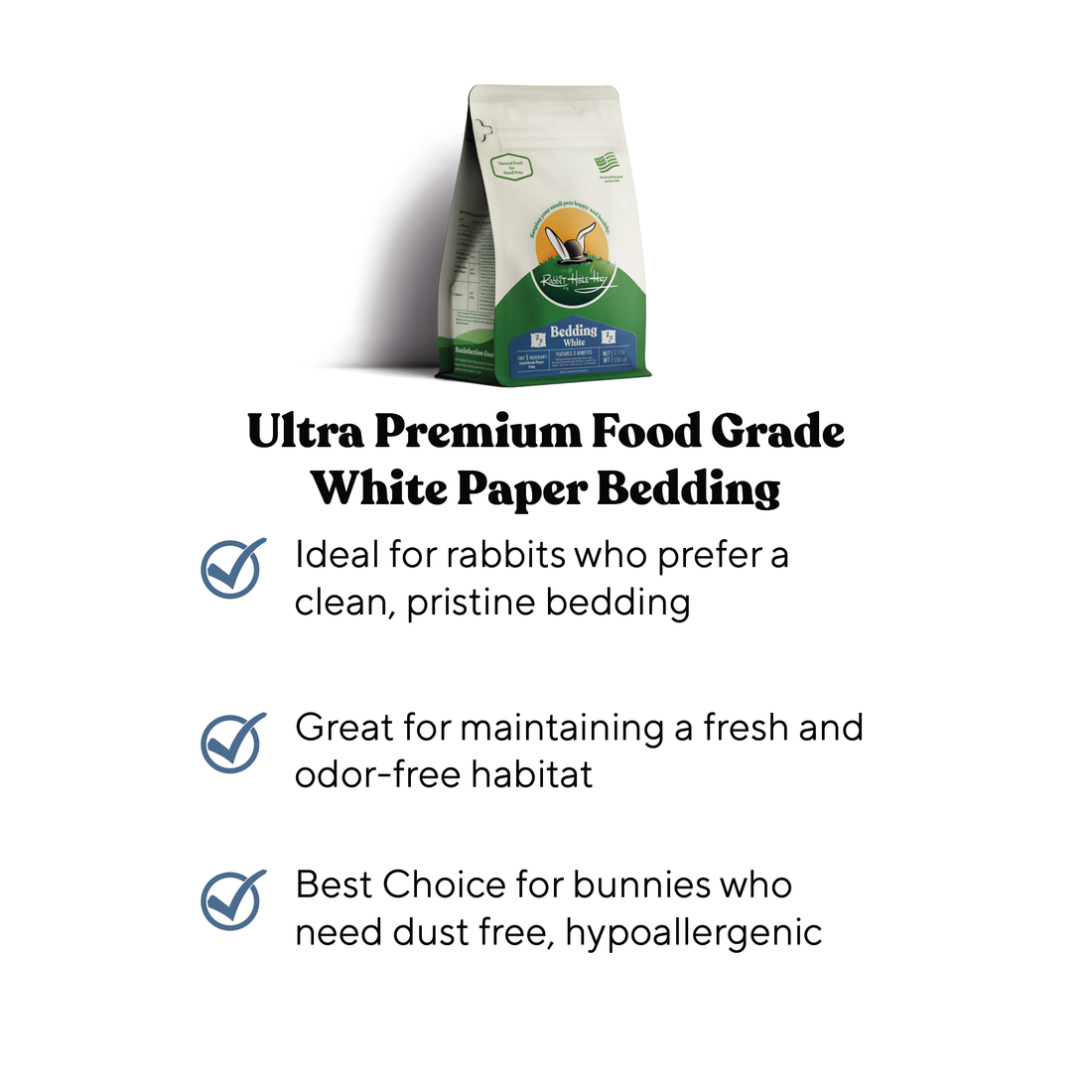







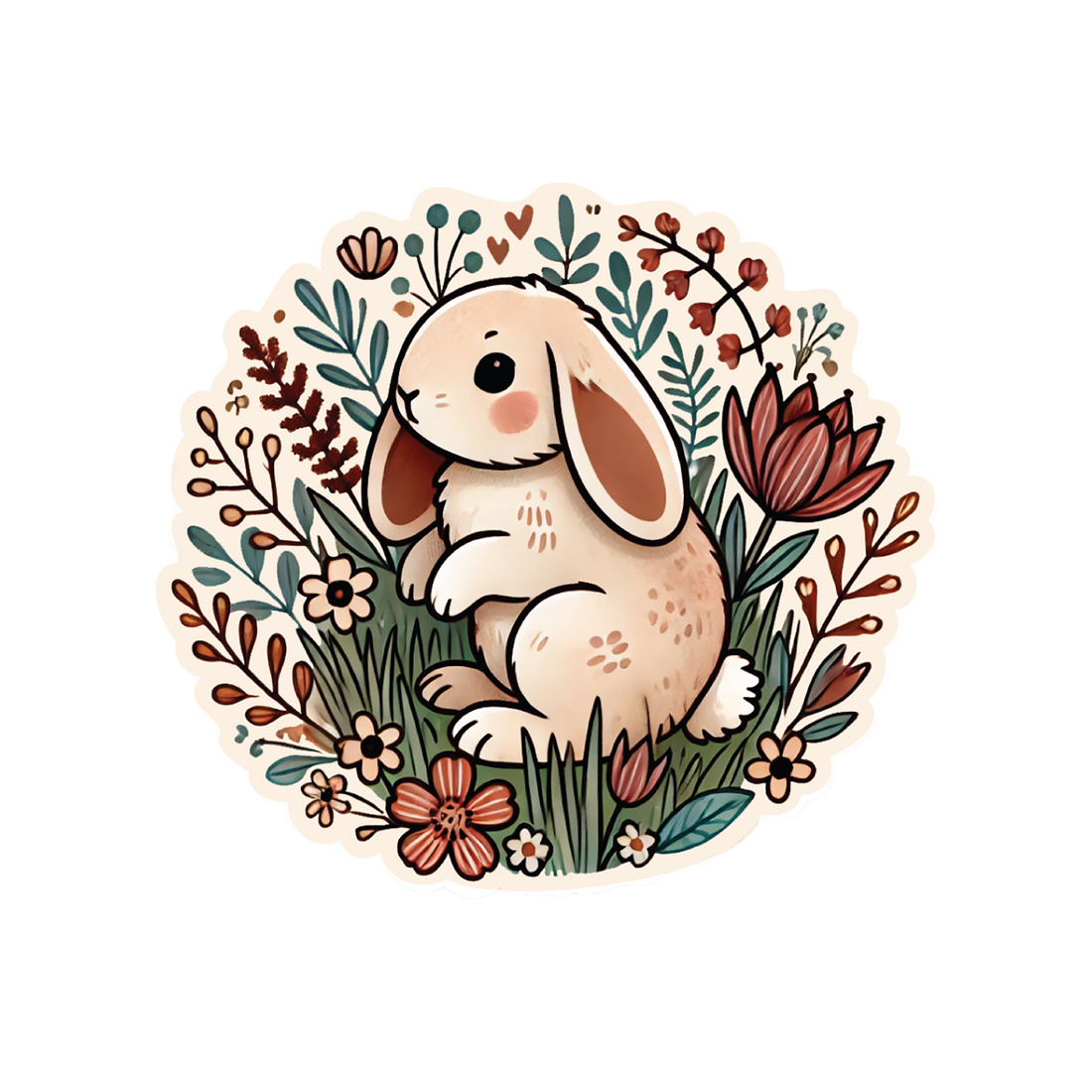
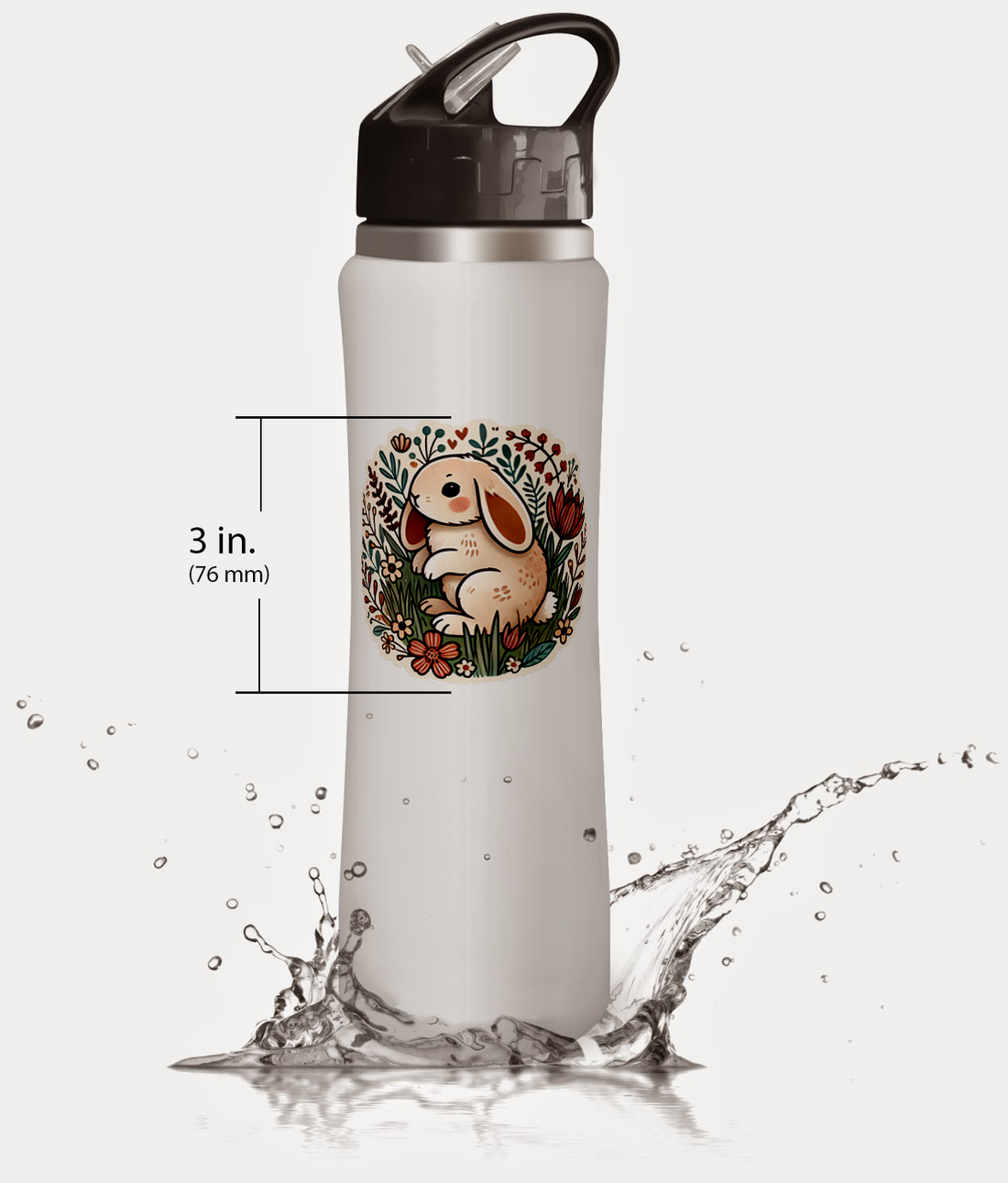
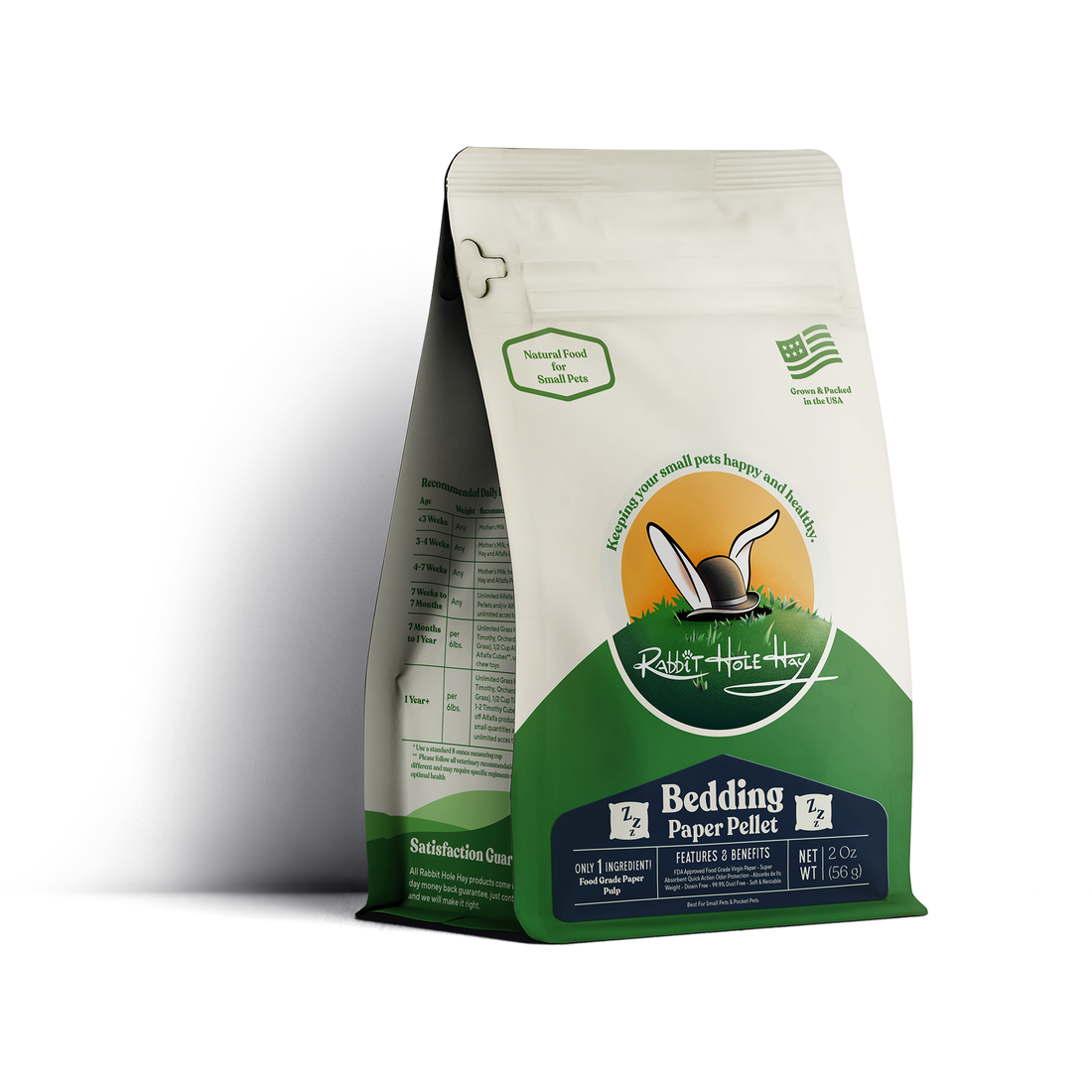




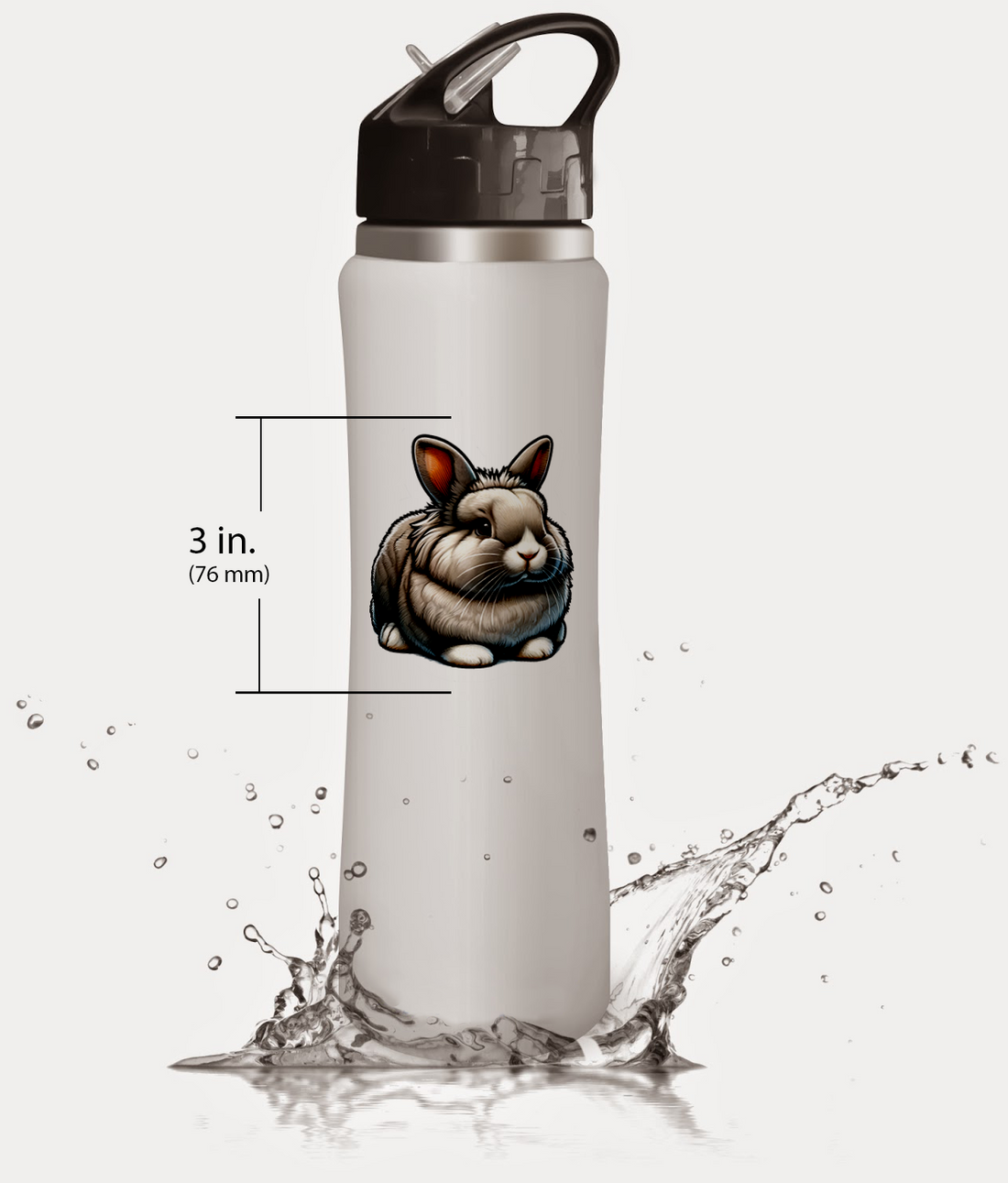
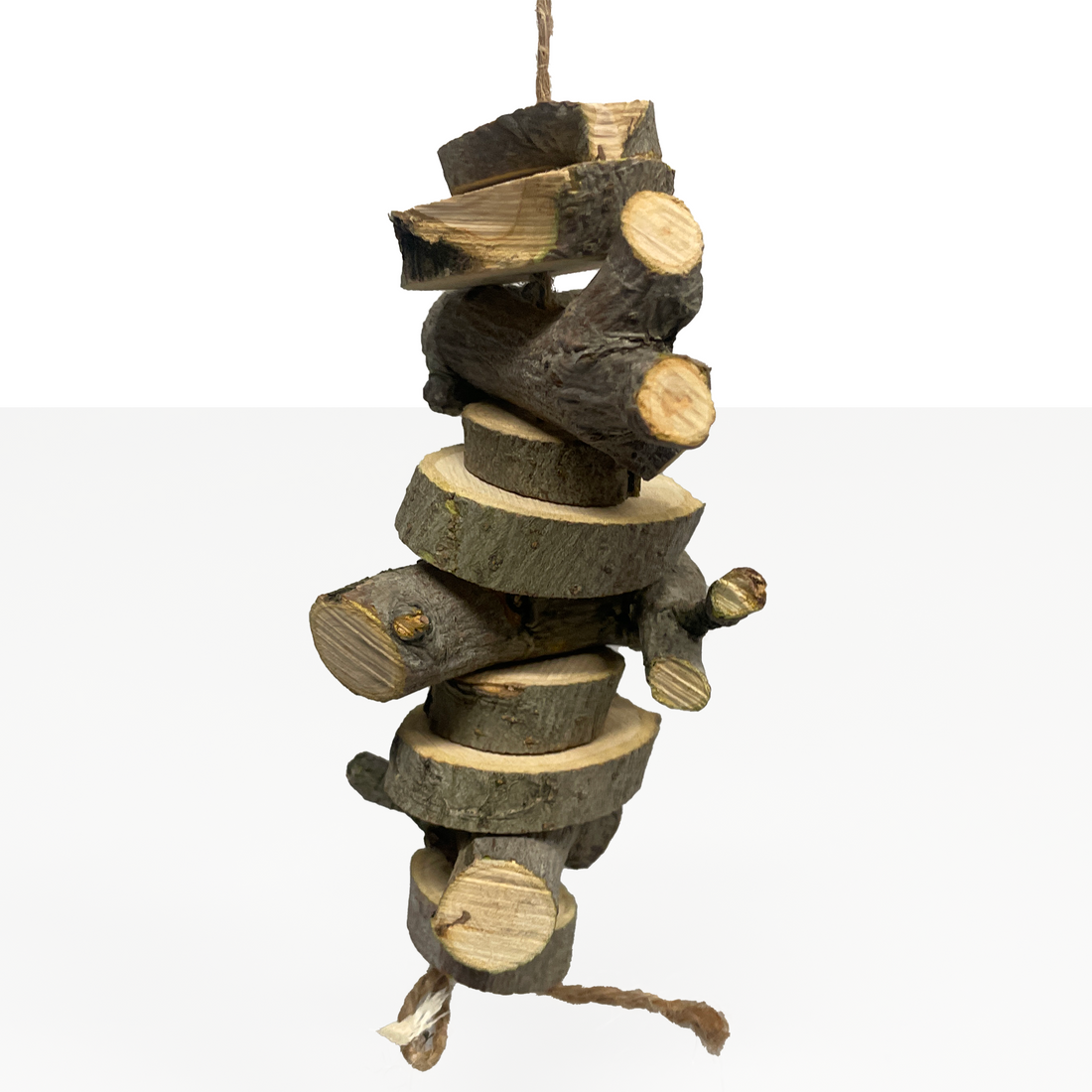
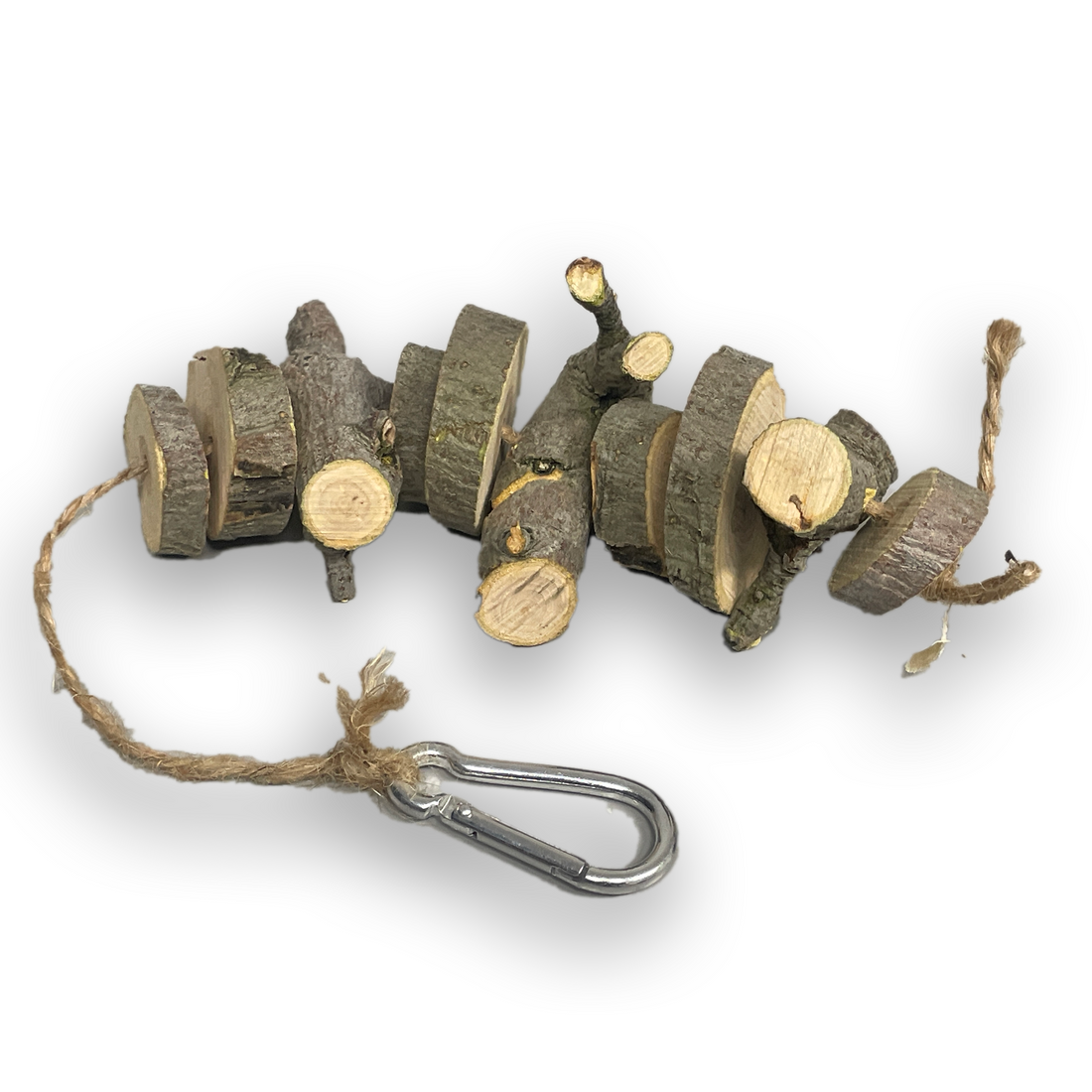

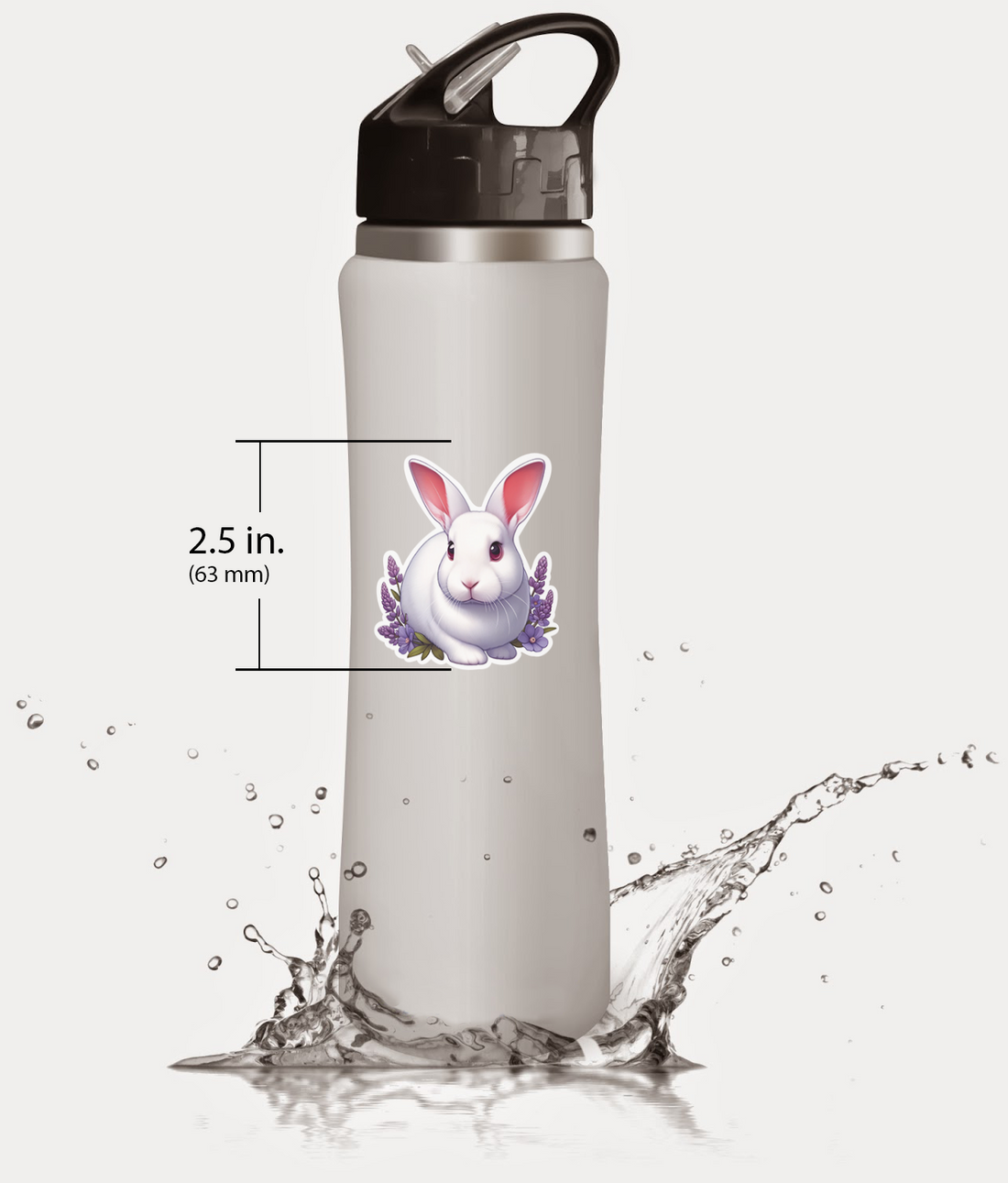

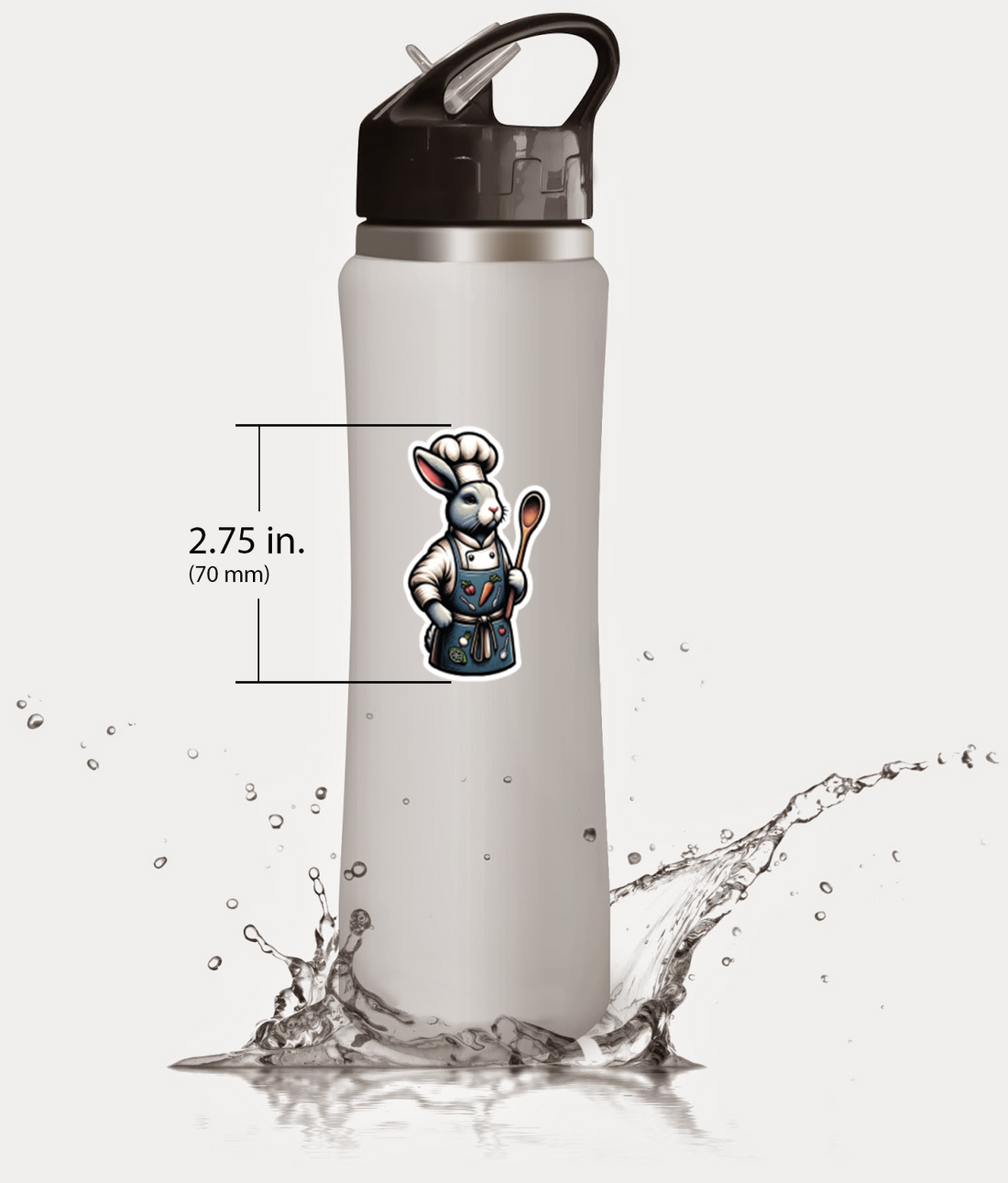
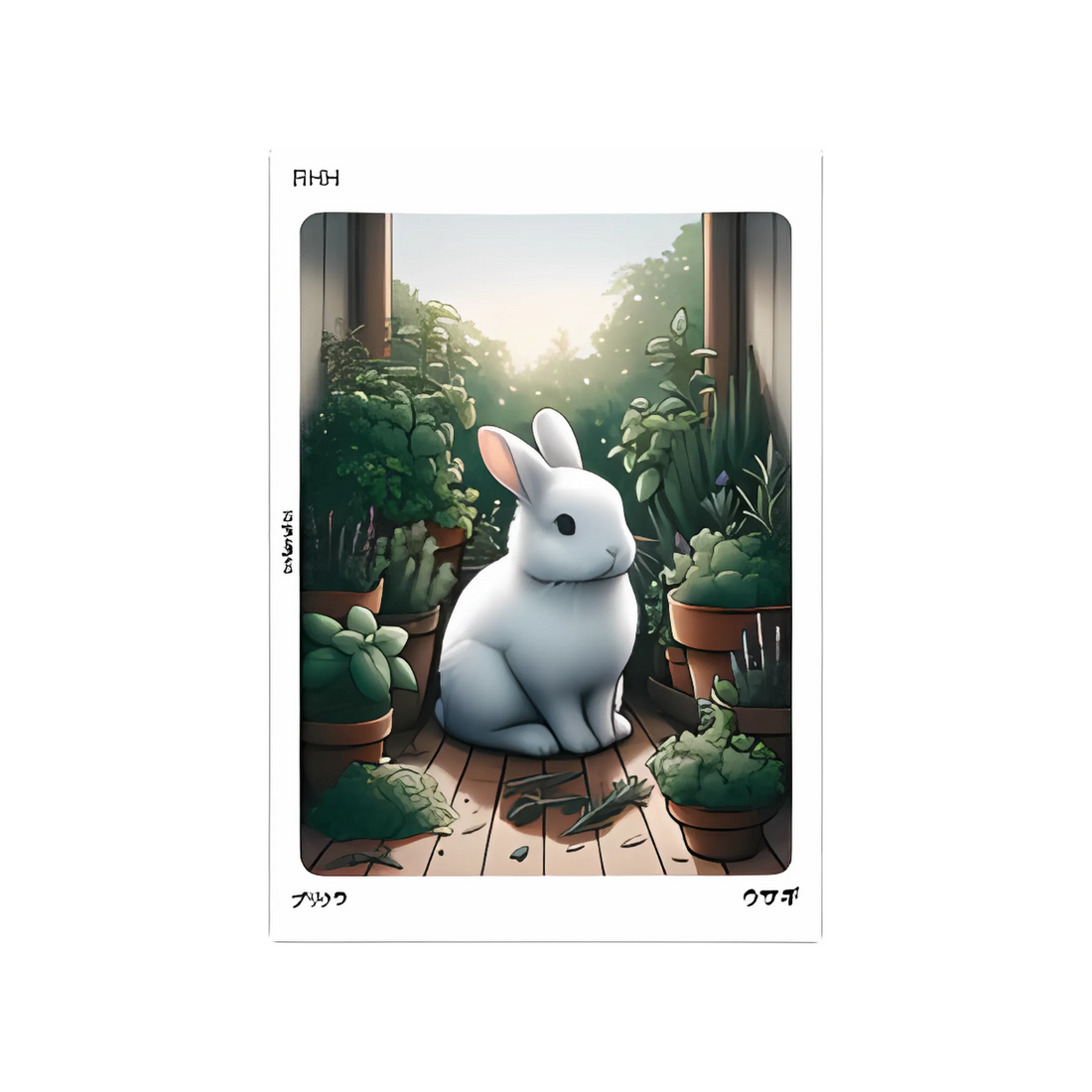

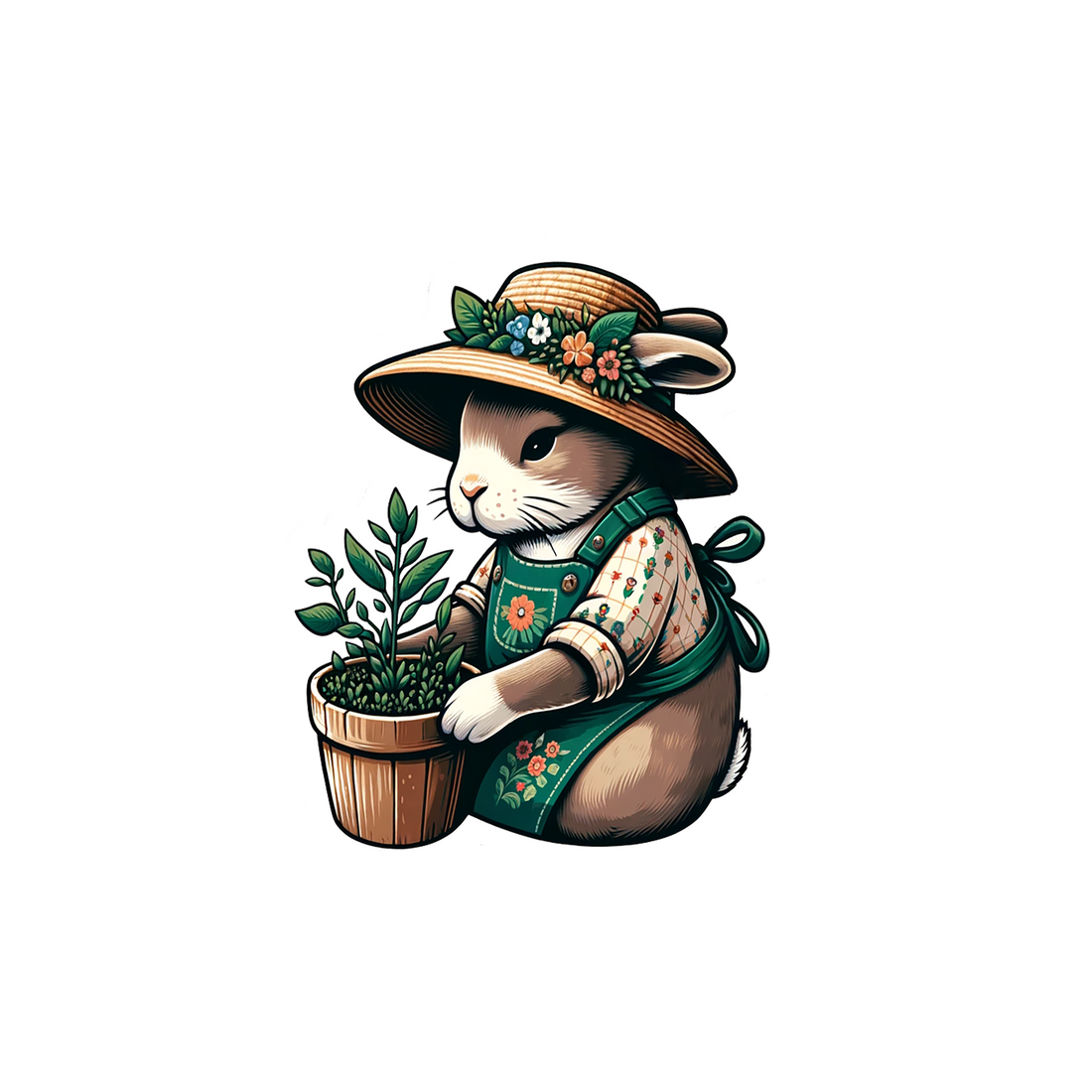
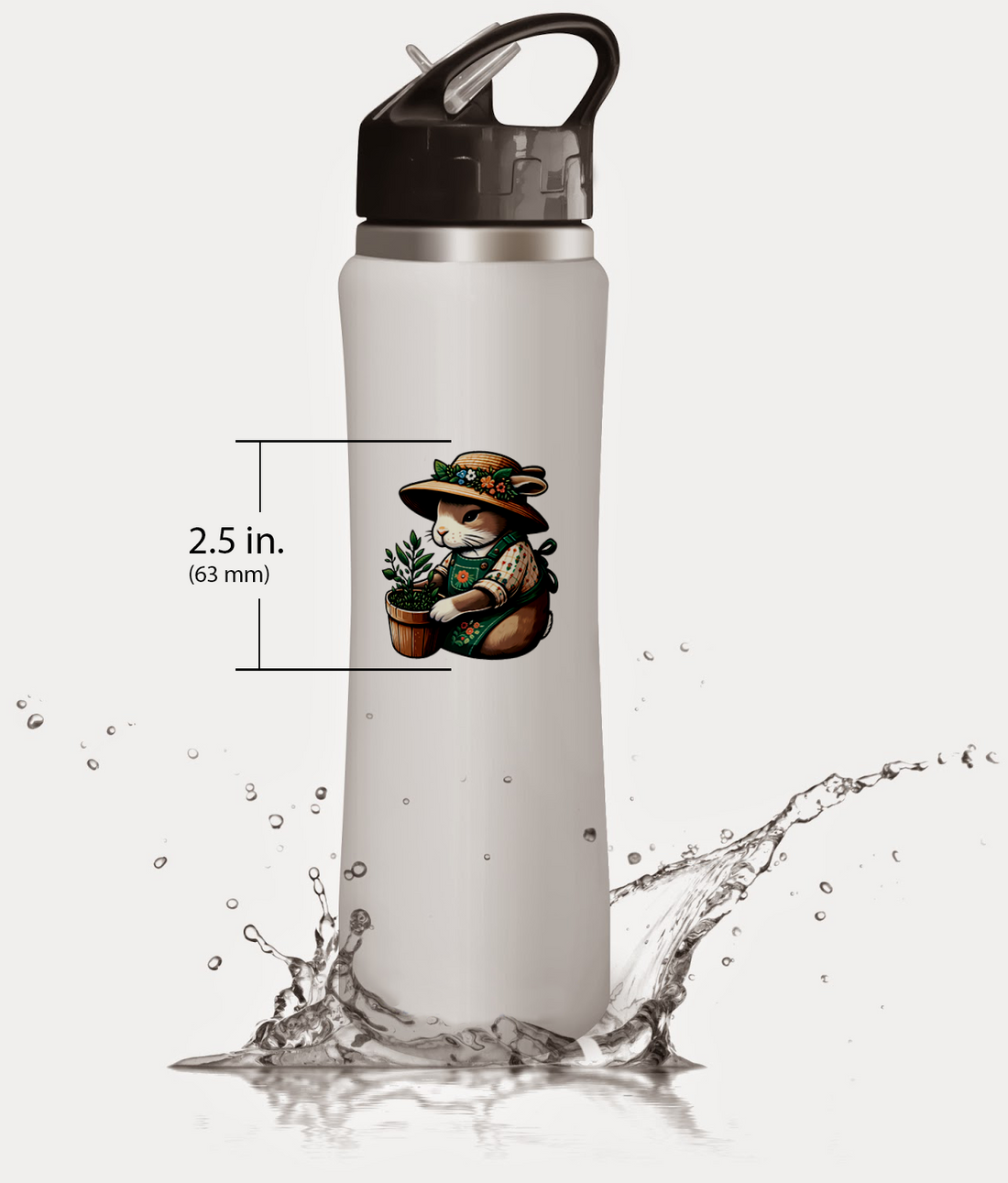








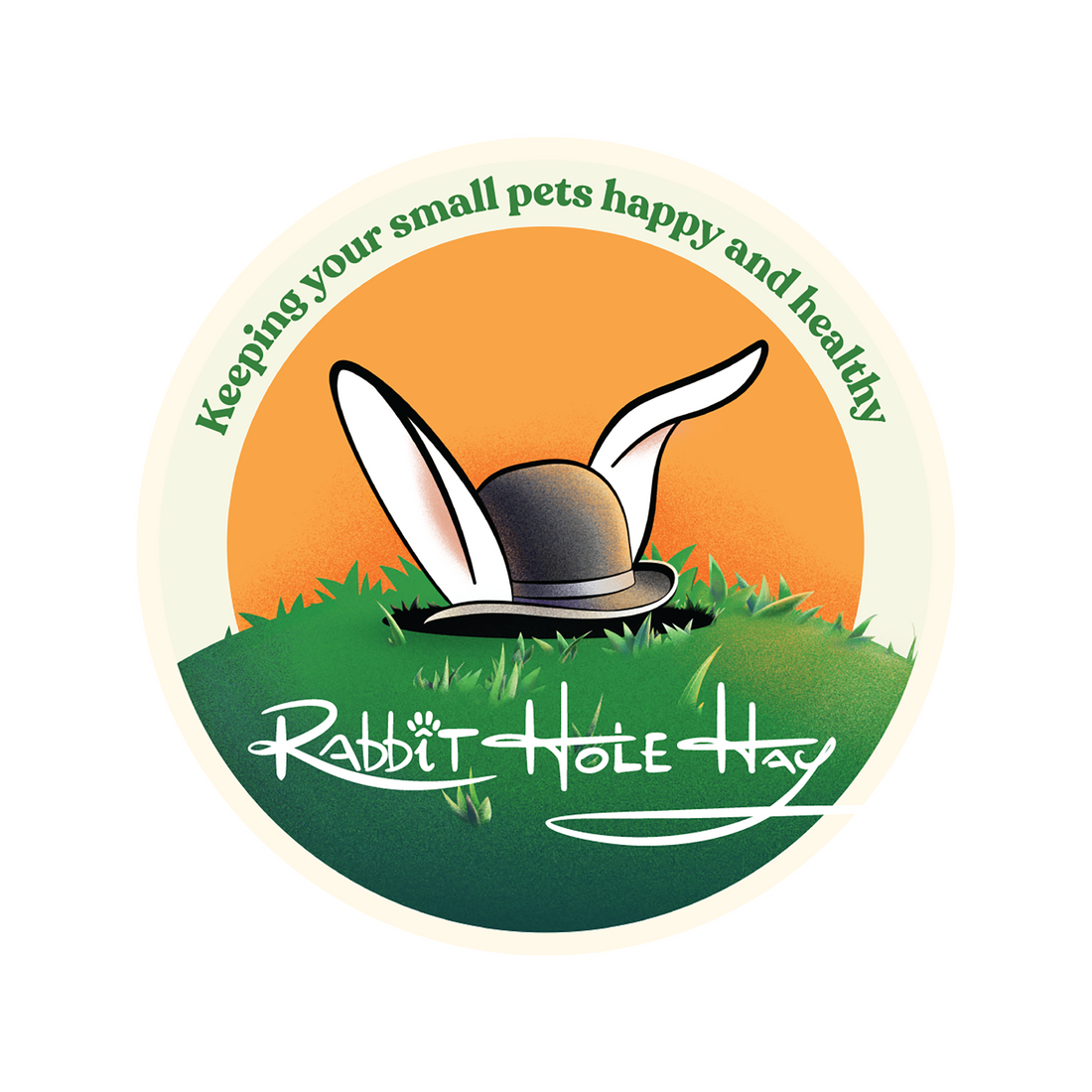
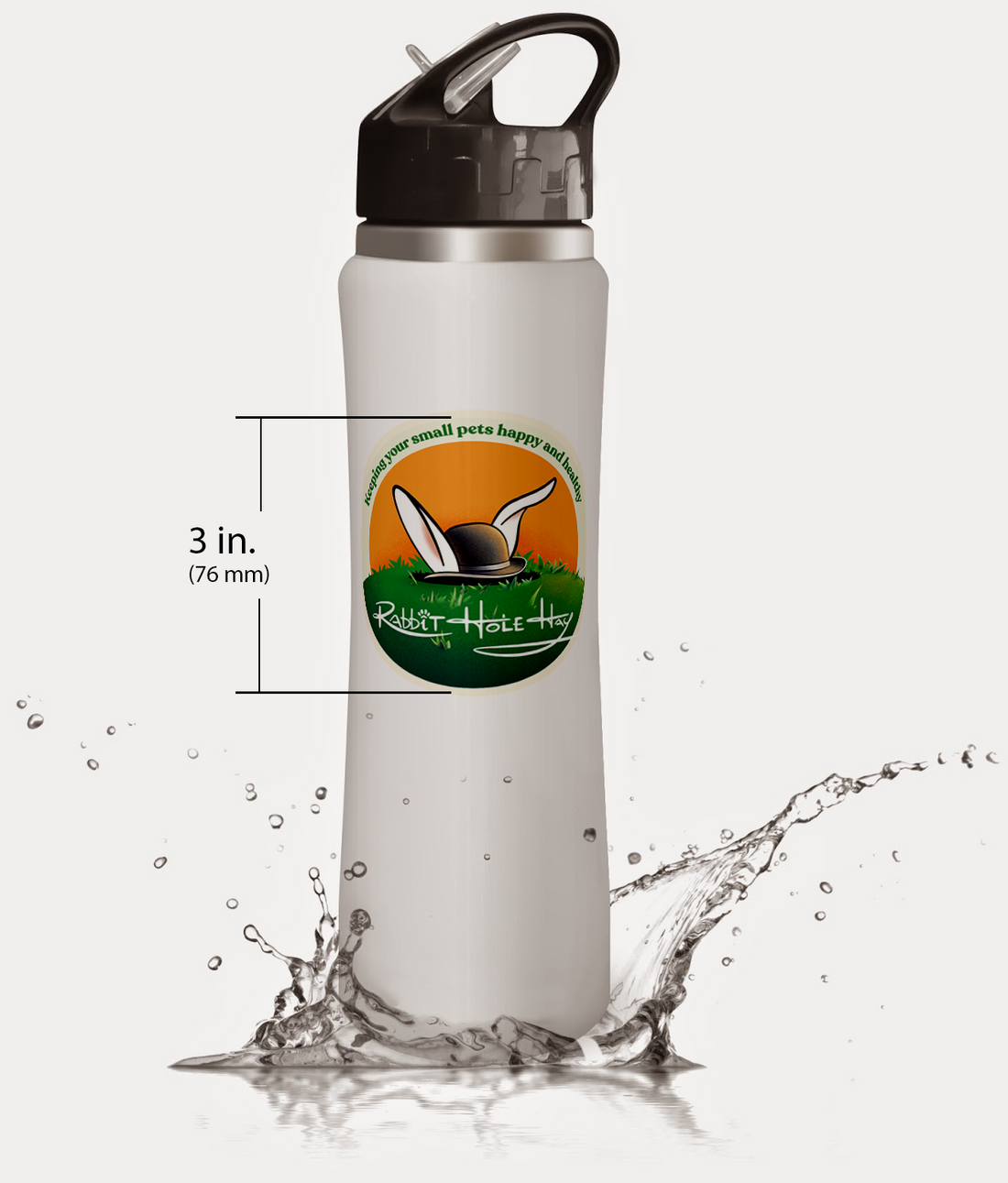


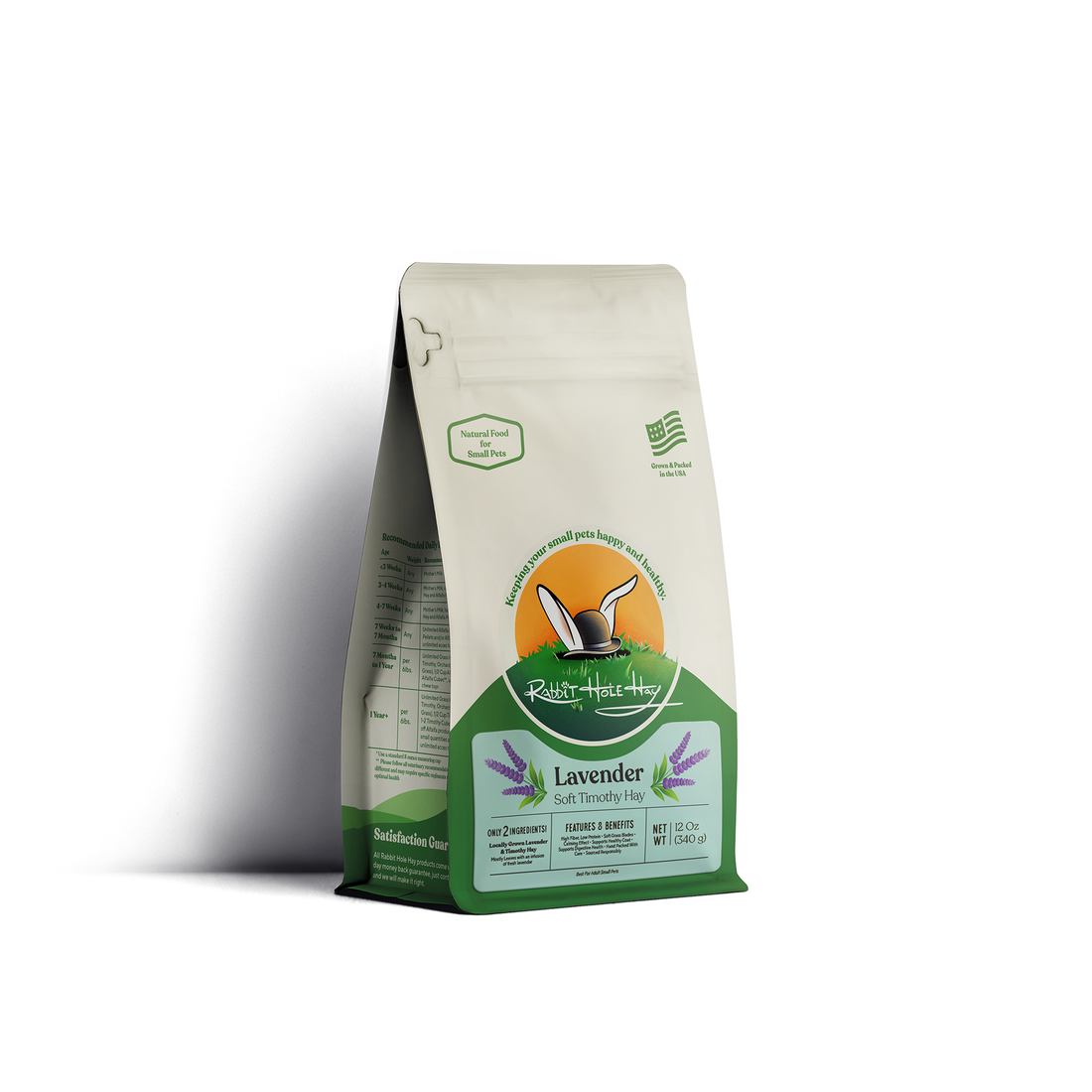
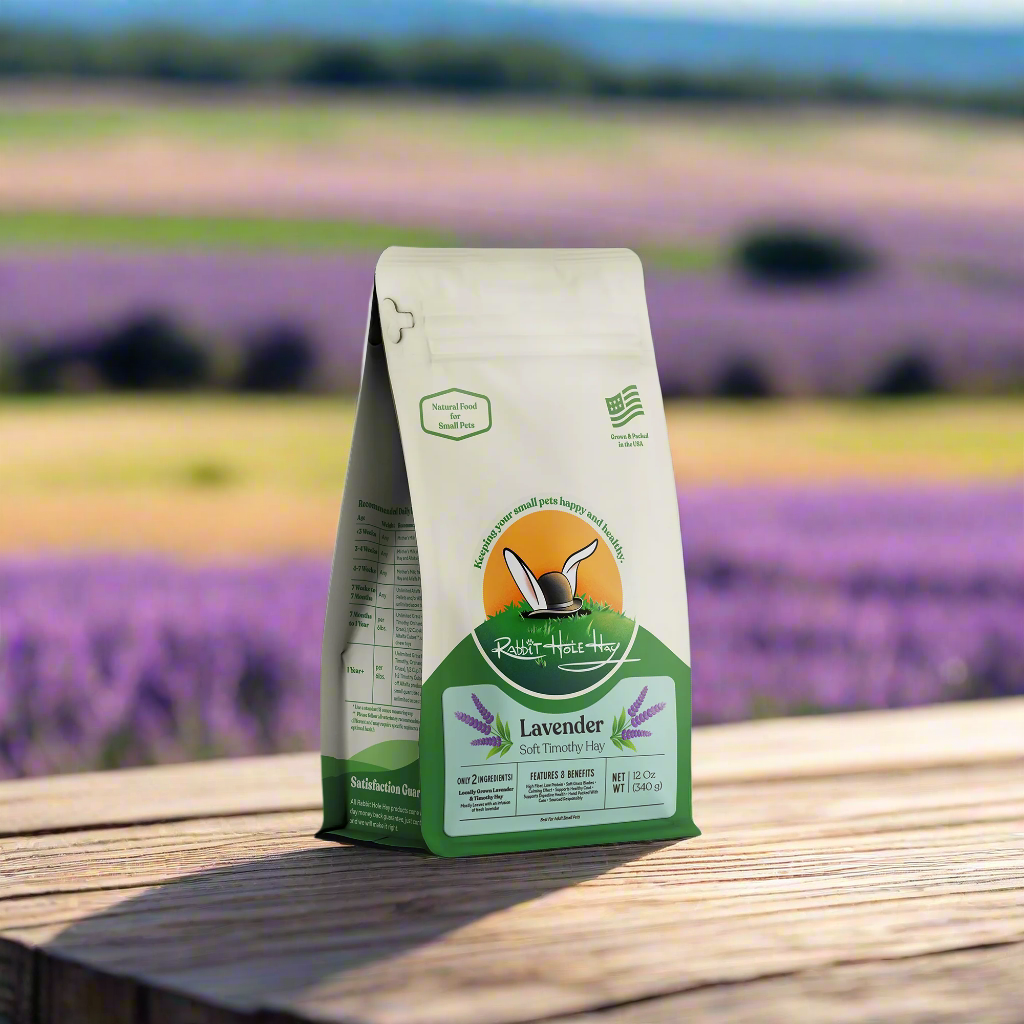



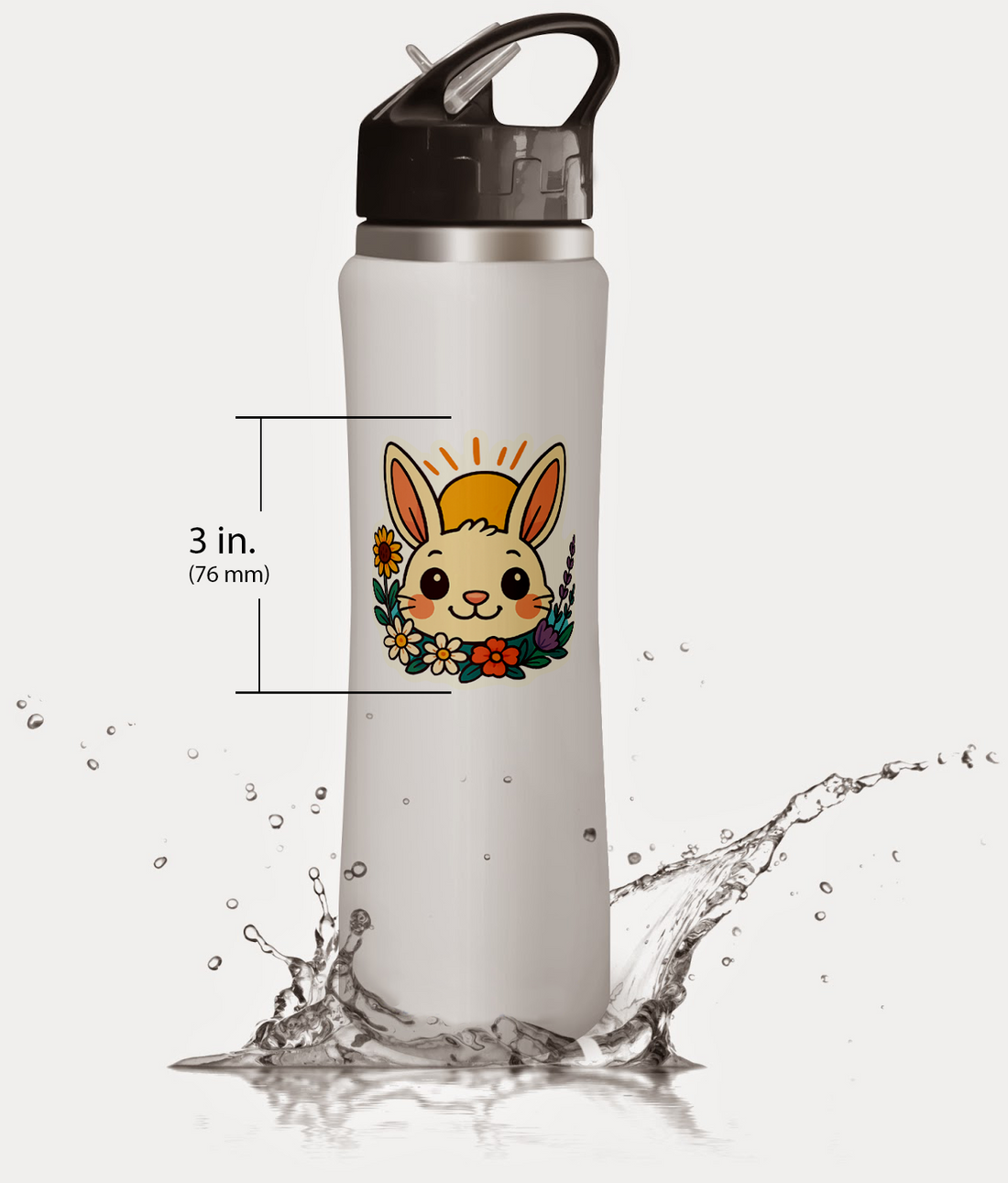



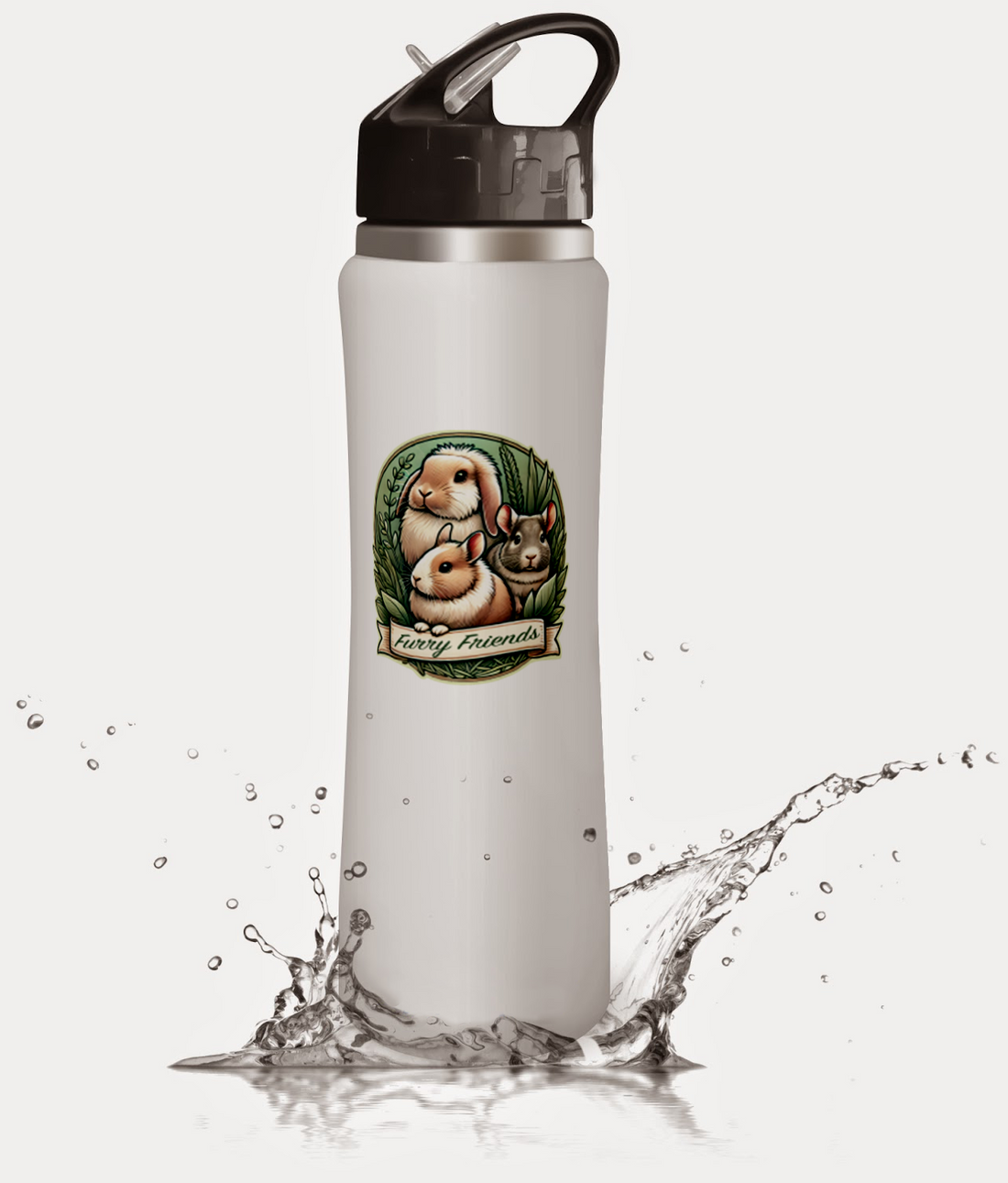
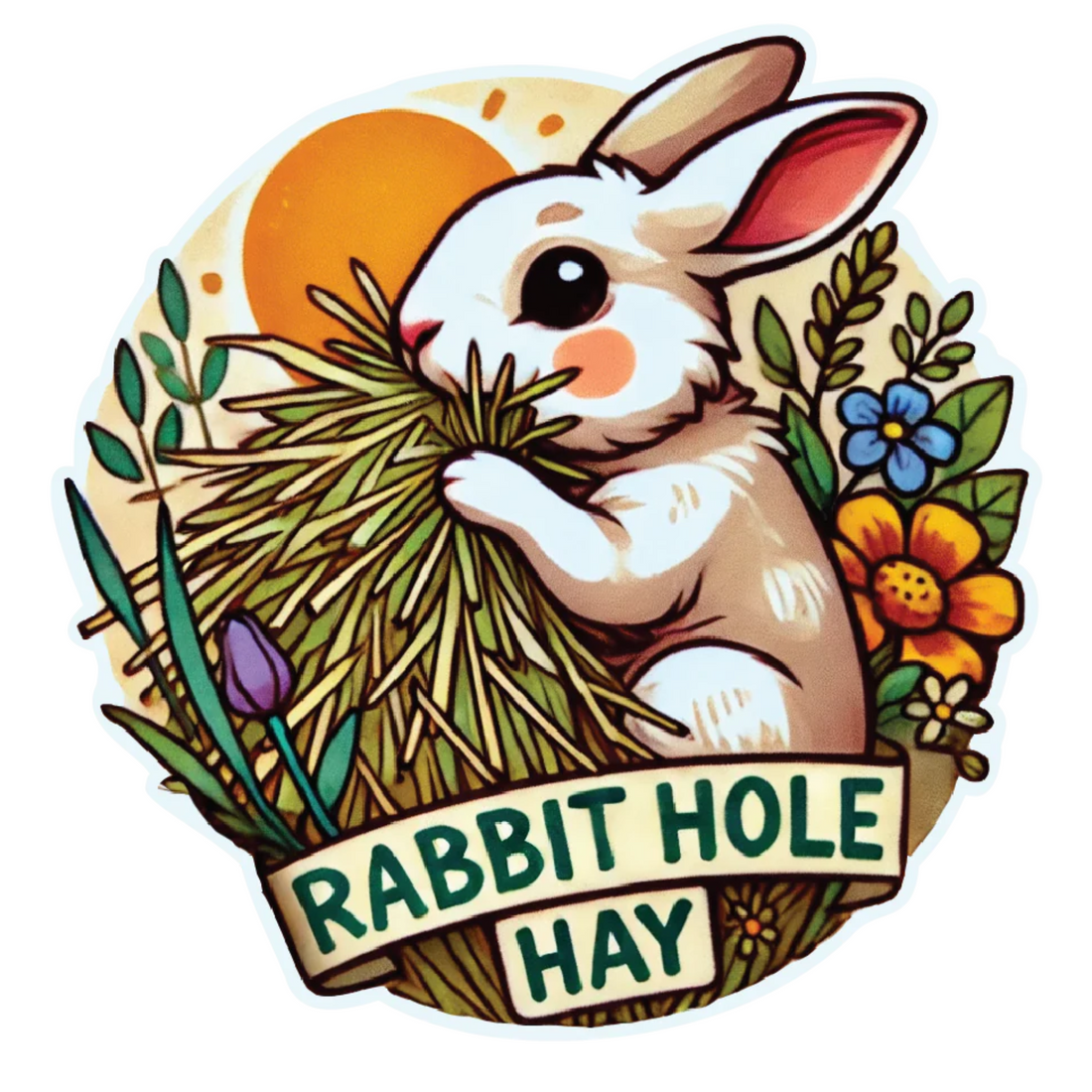
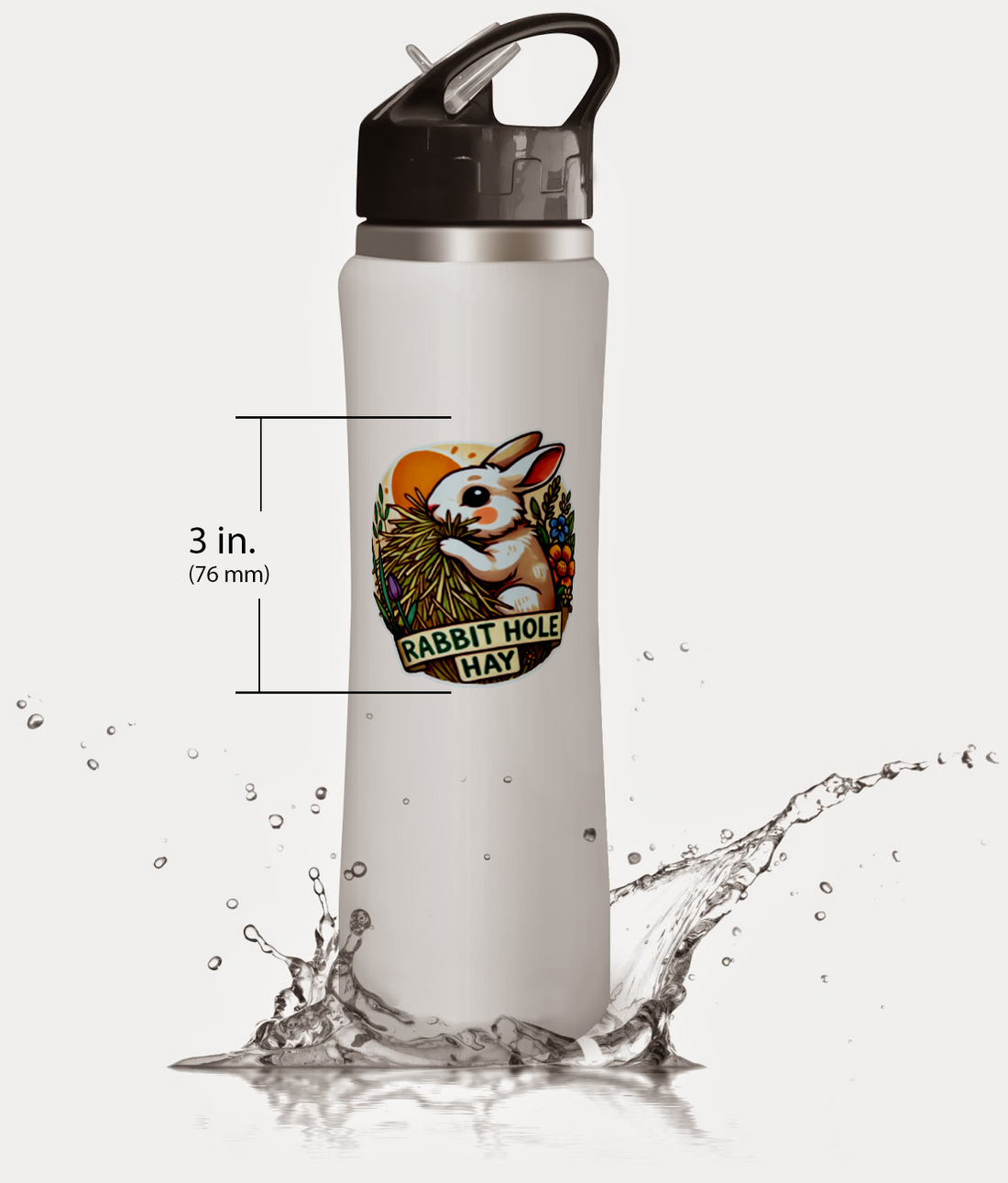
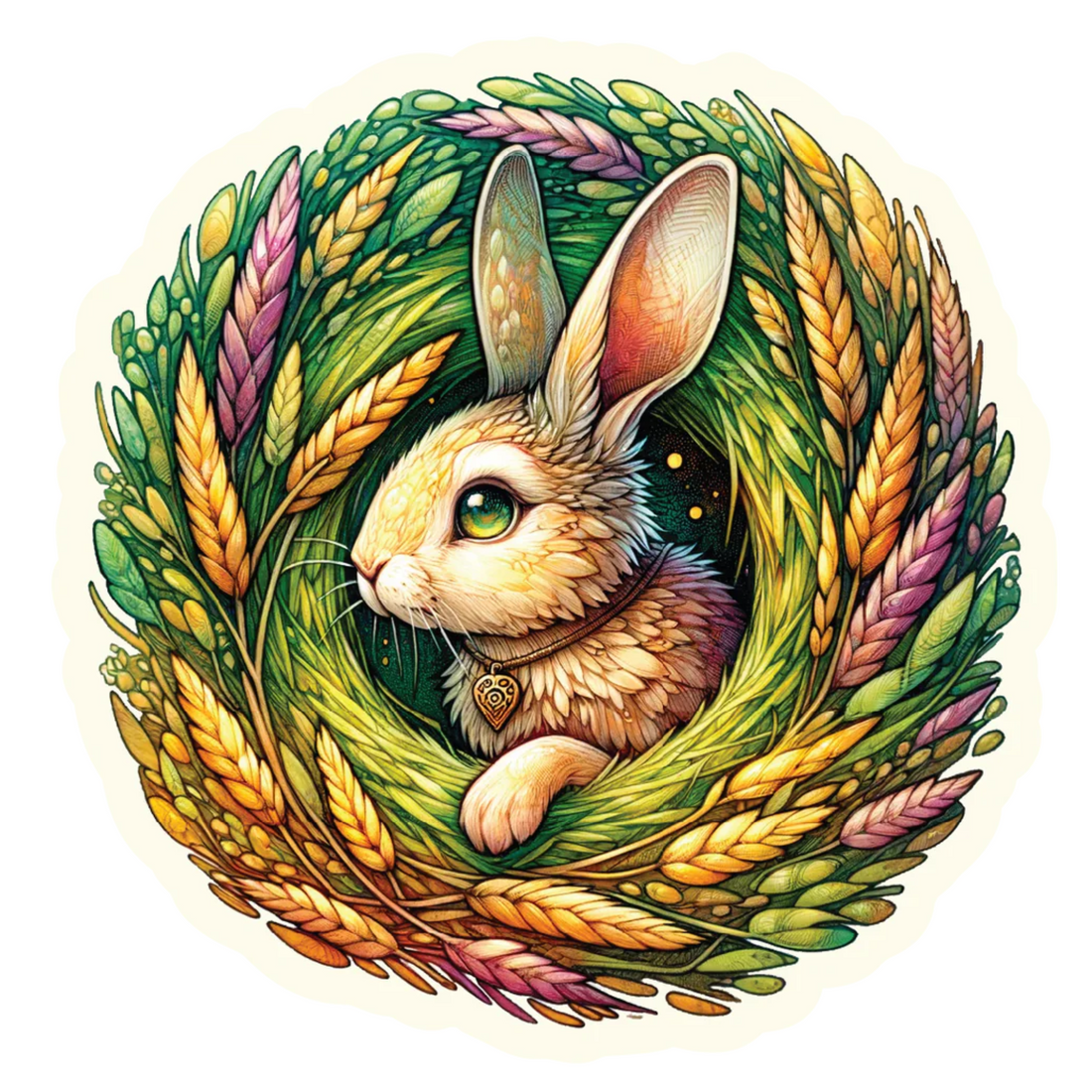

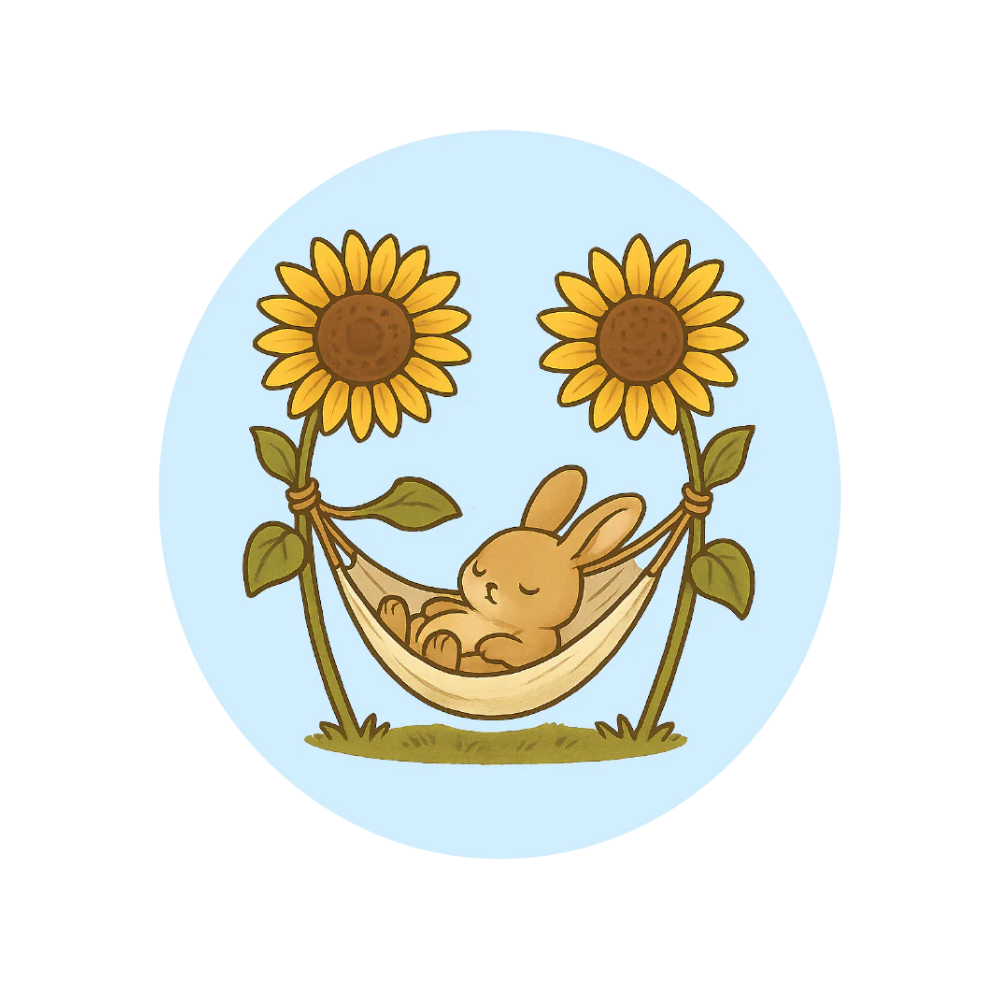





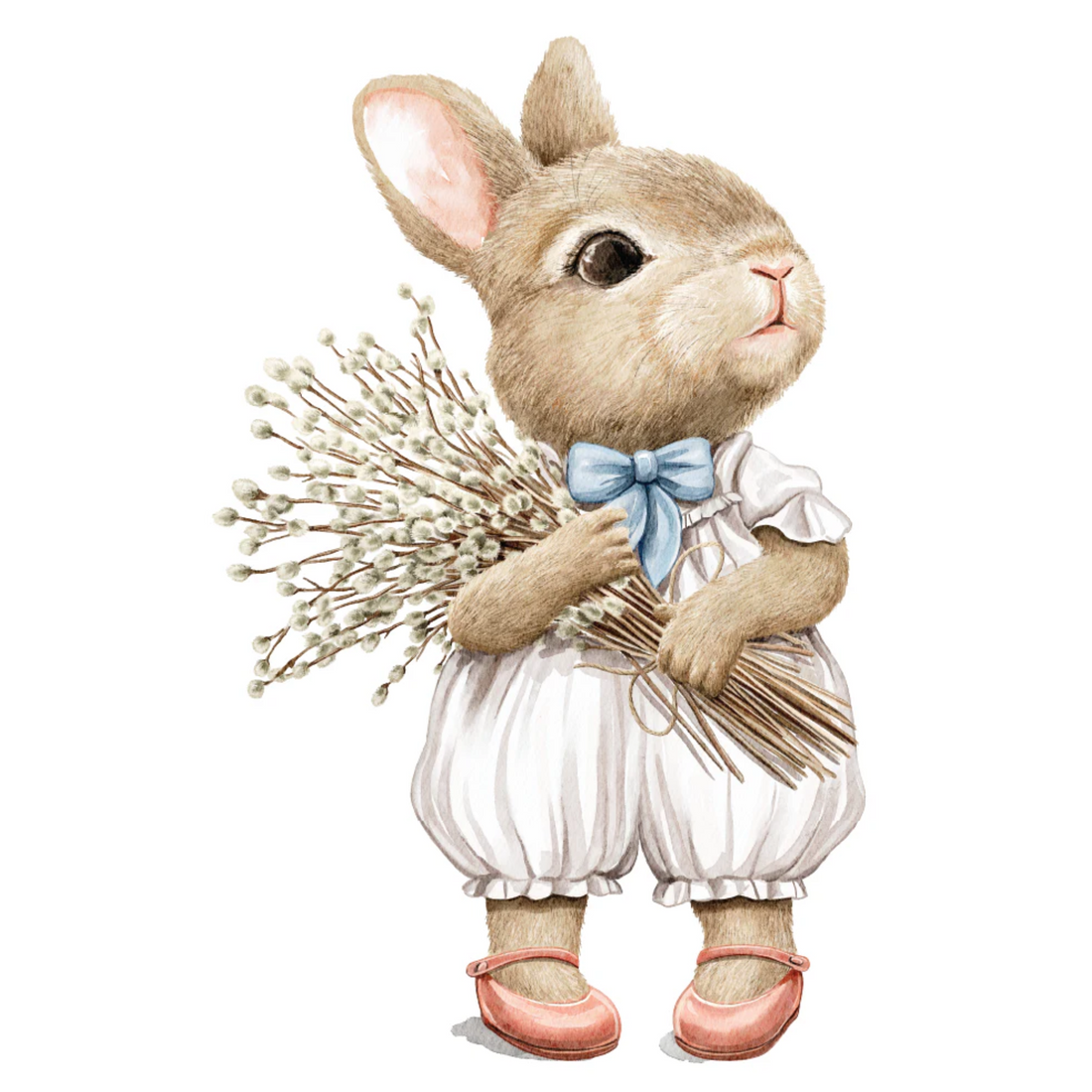


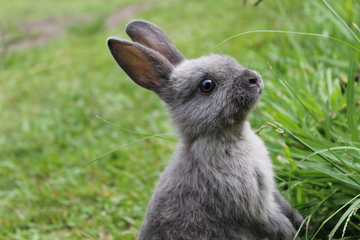
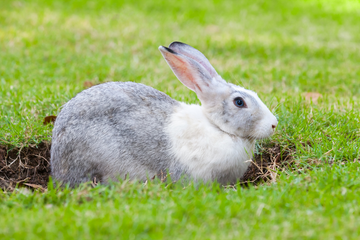

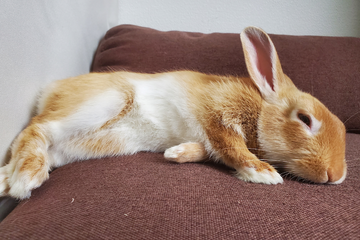


Comments